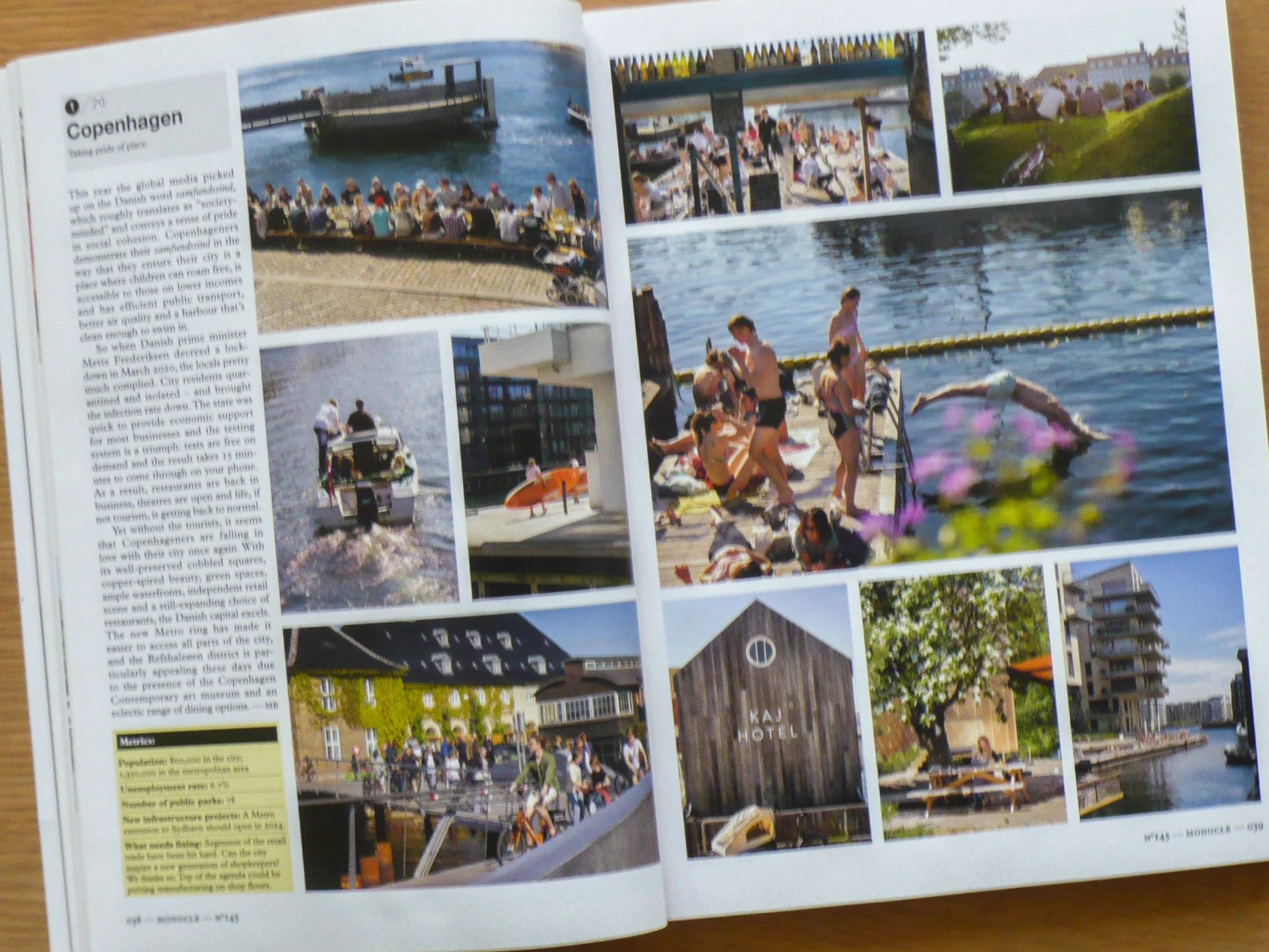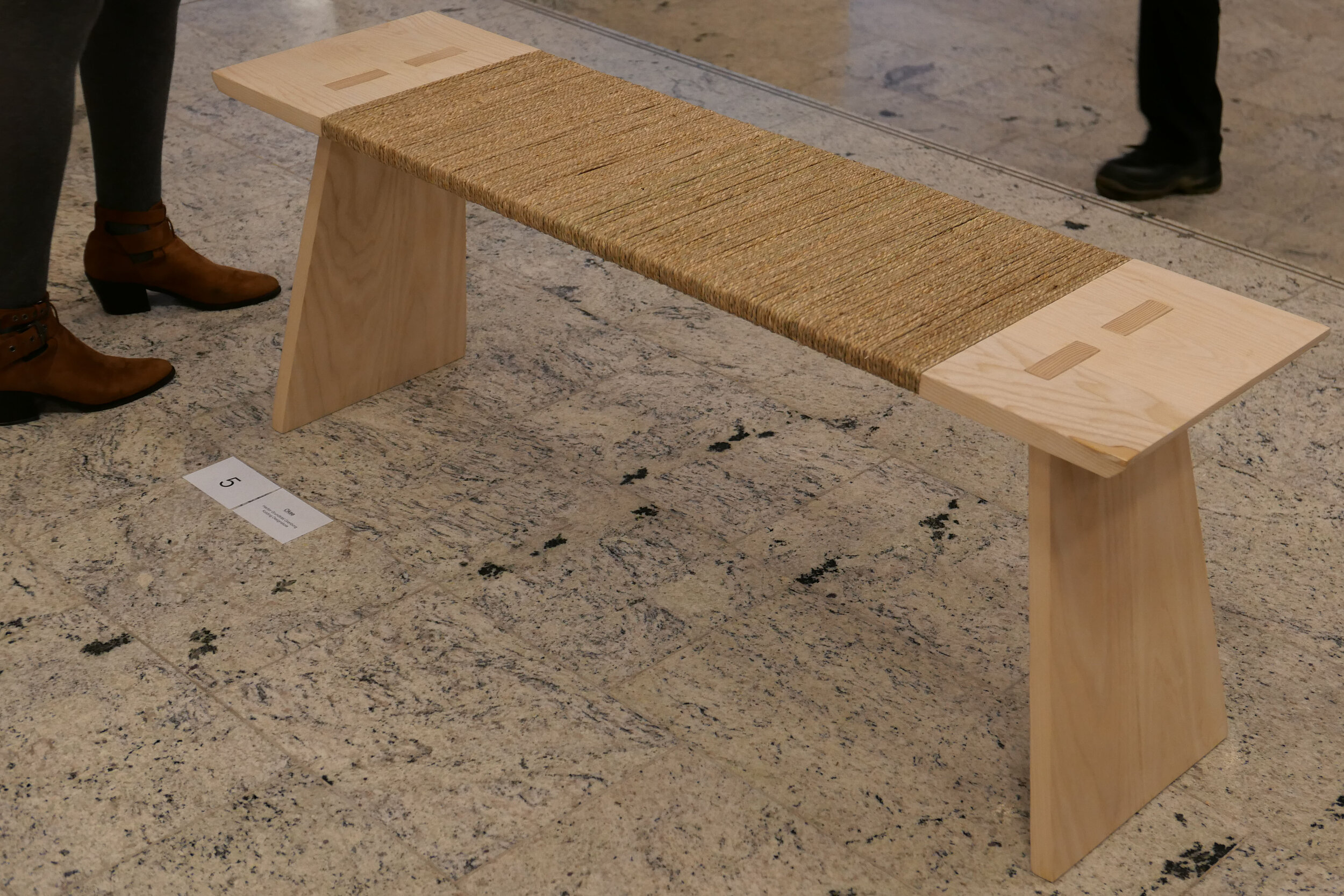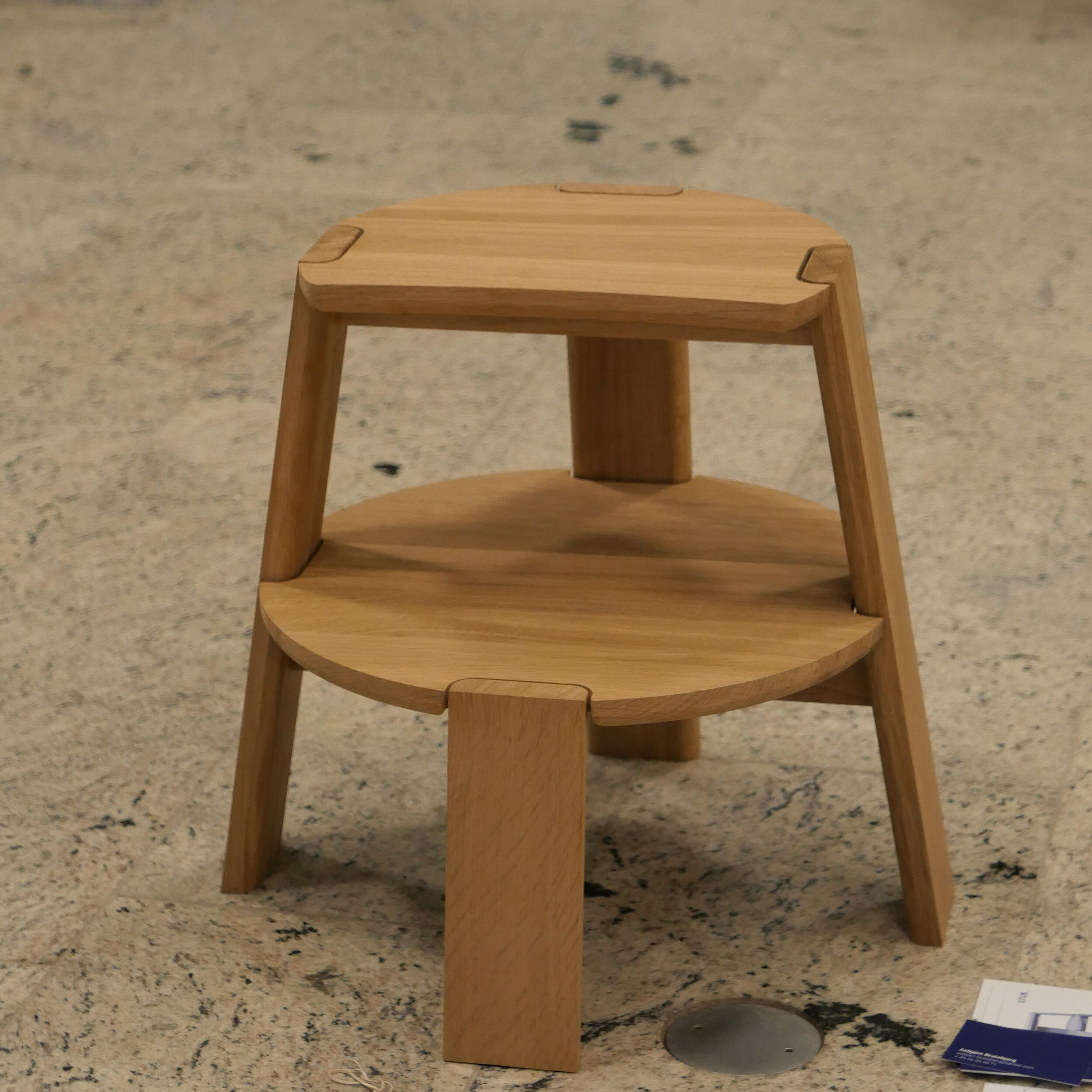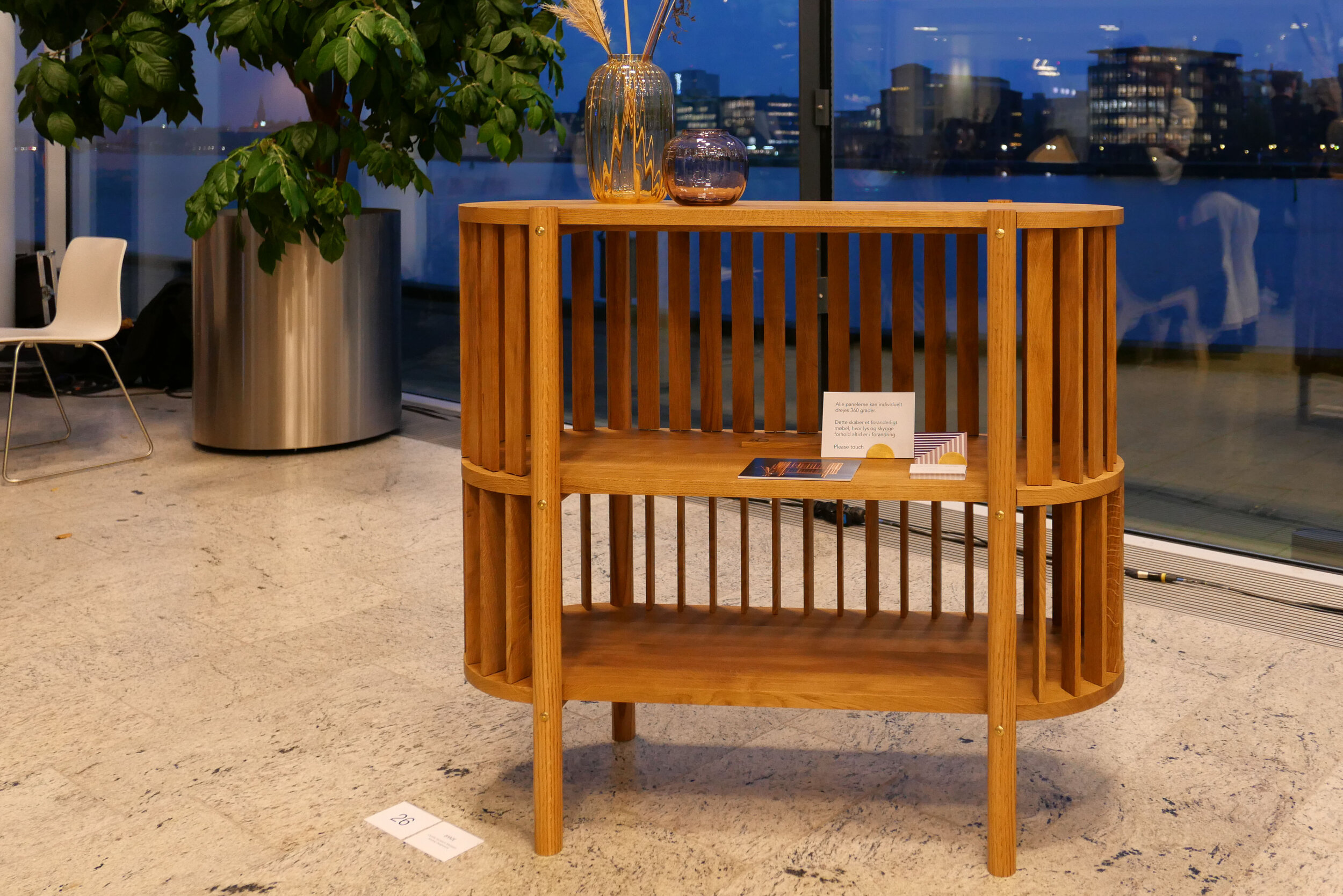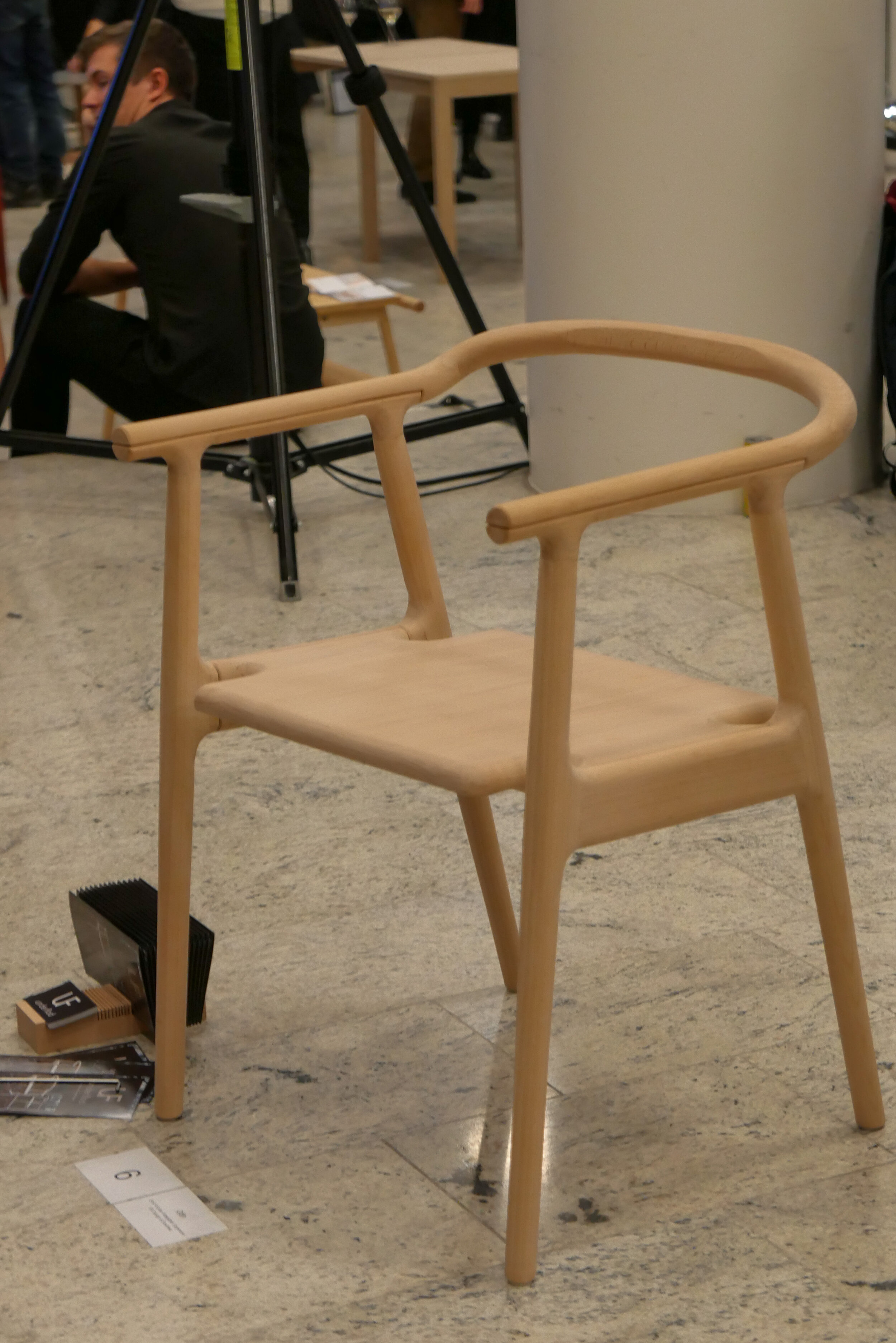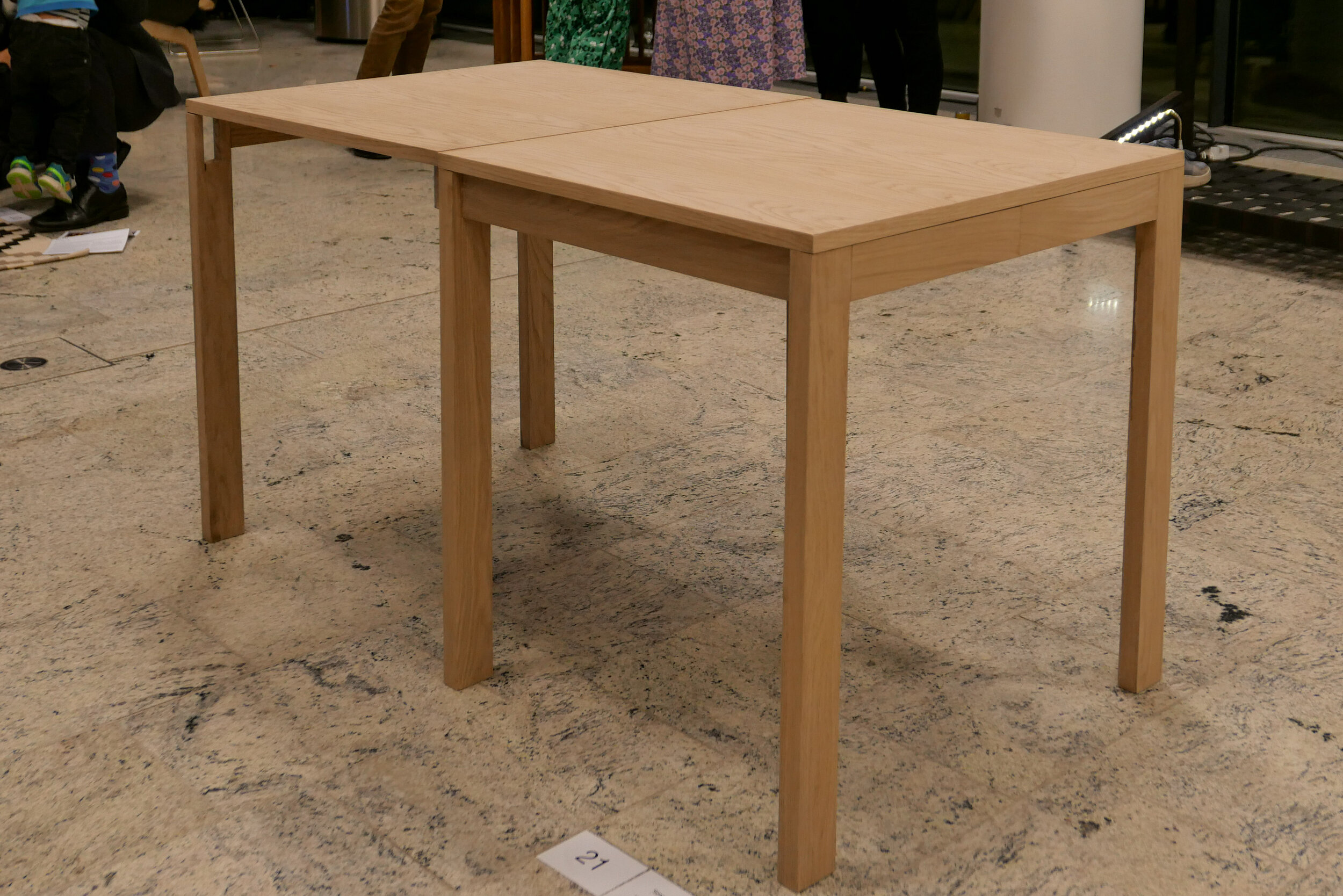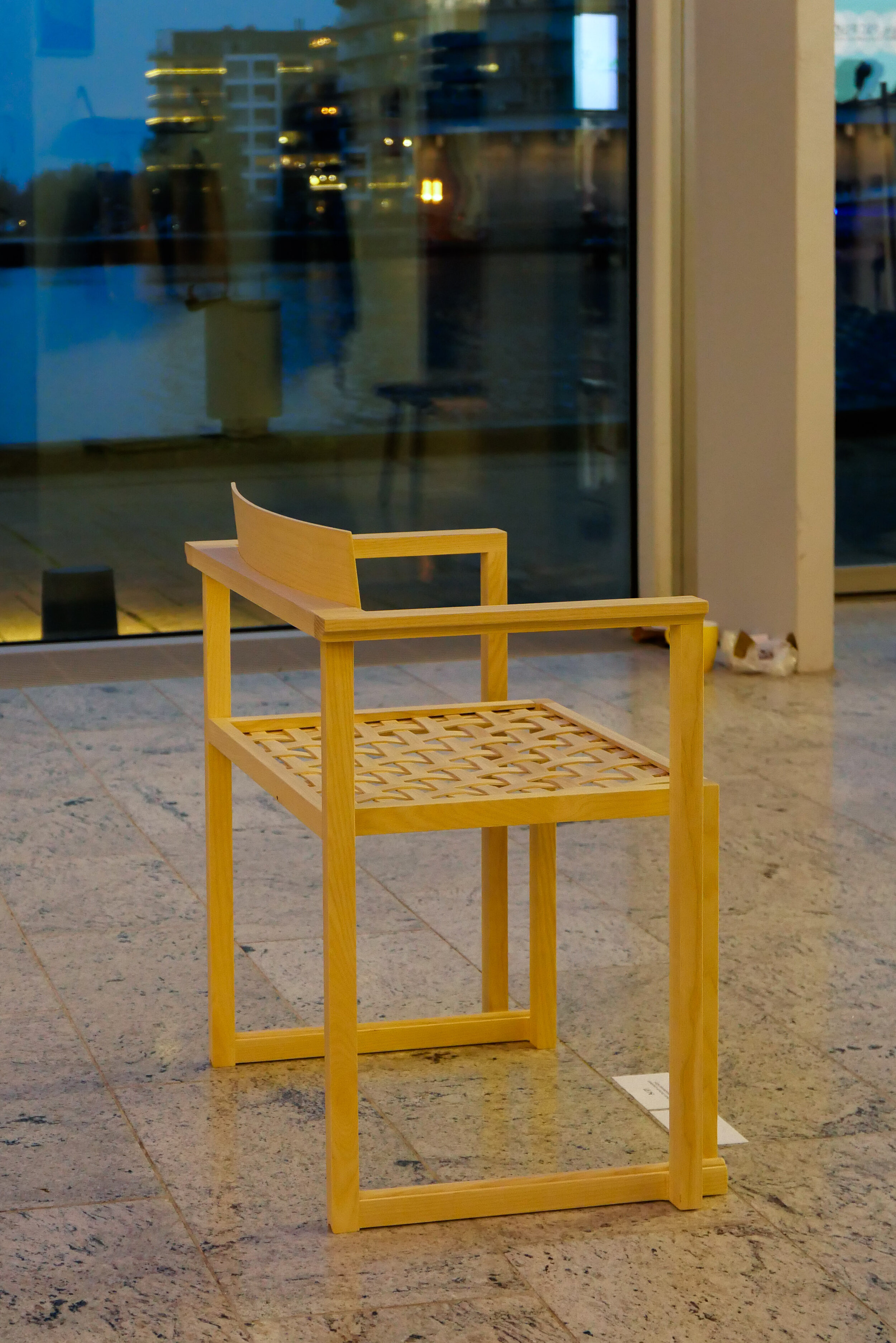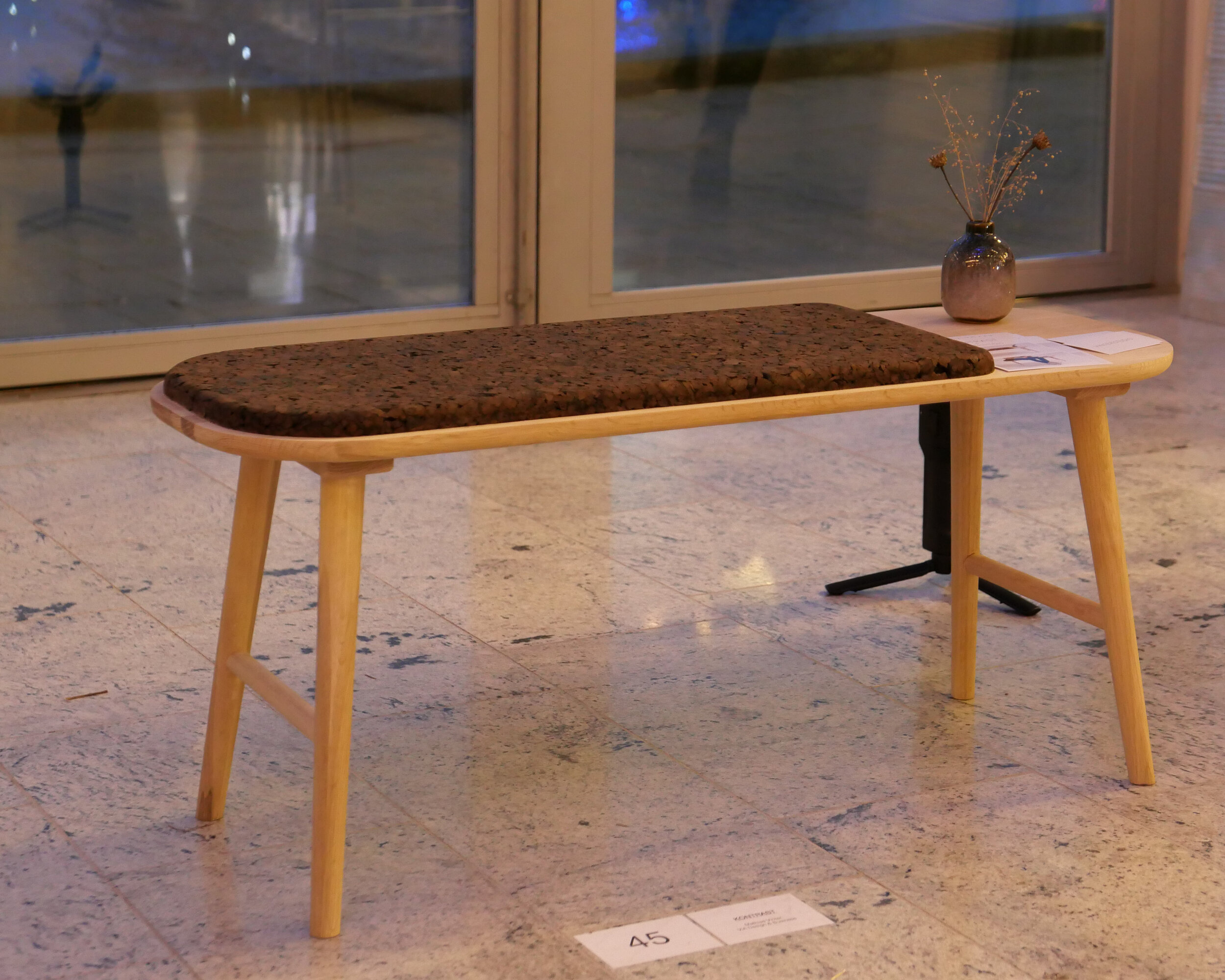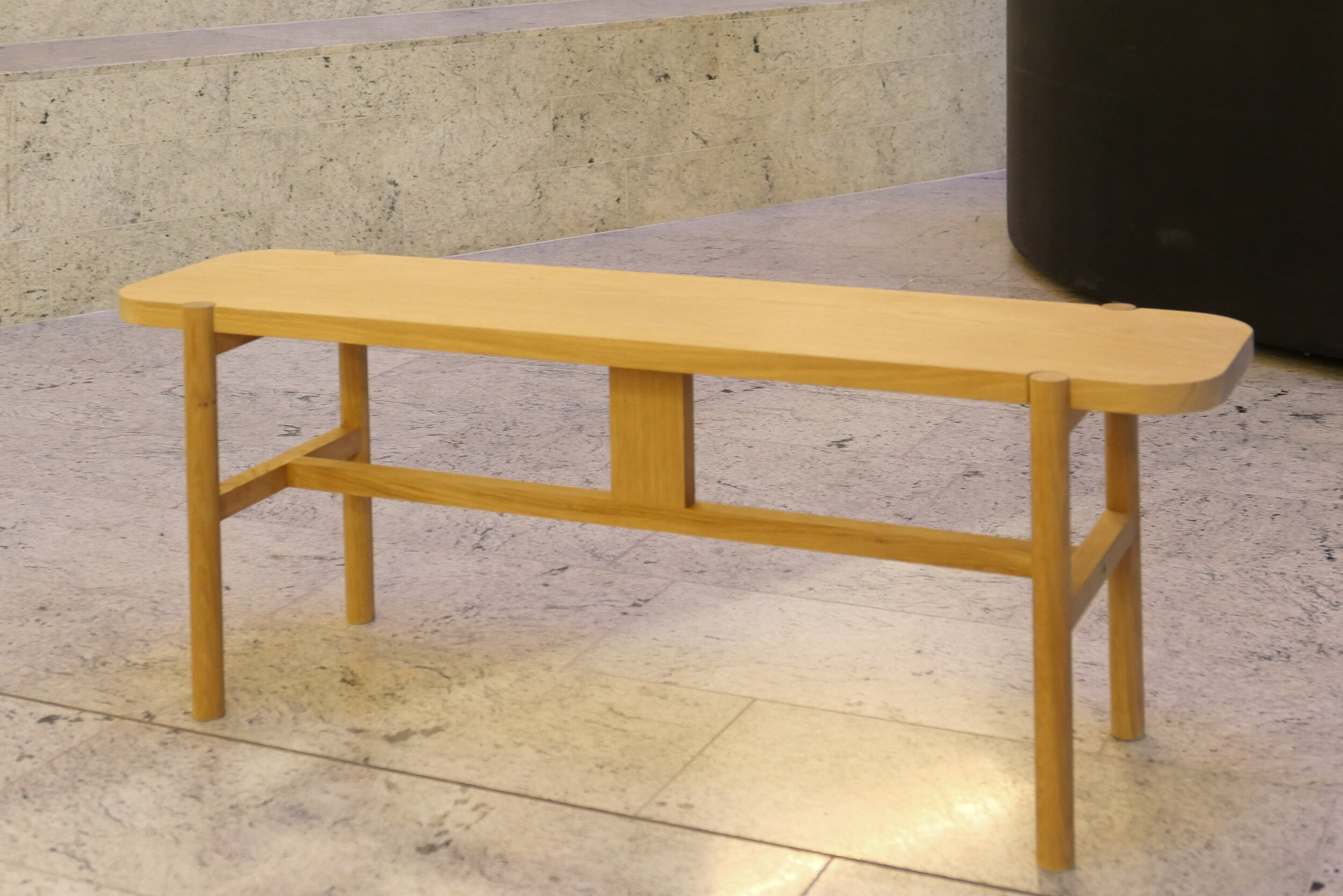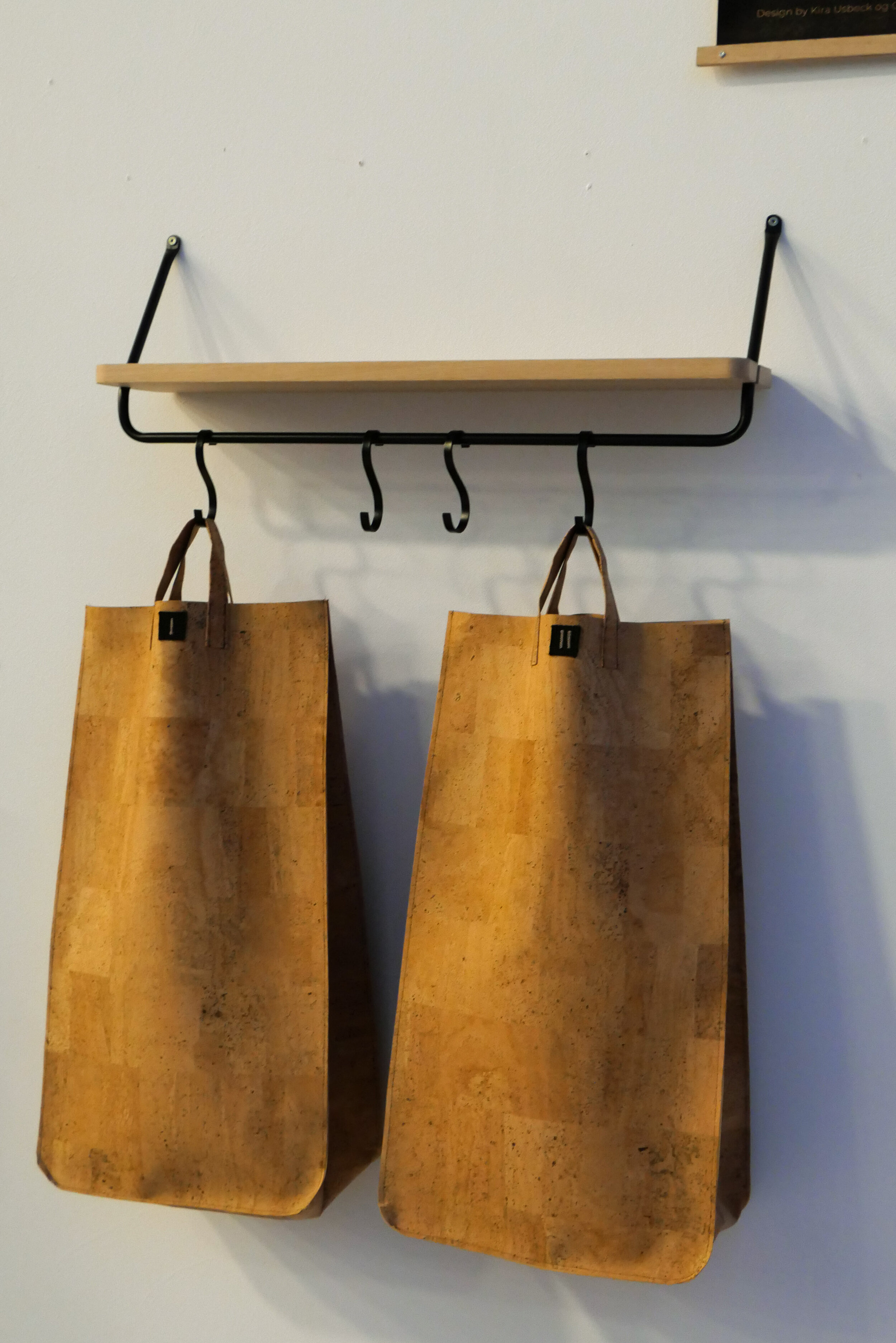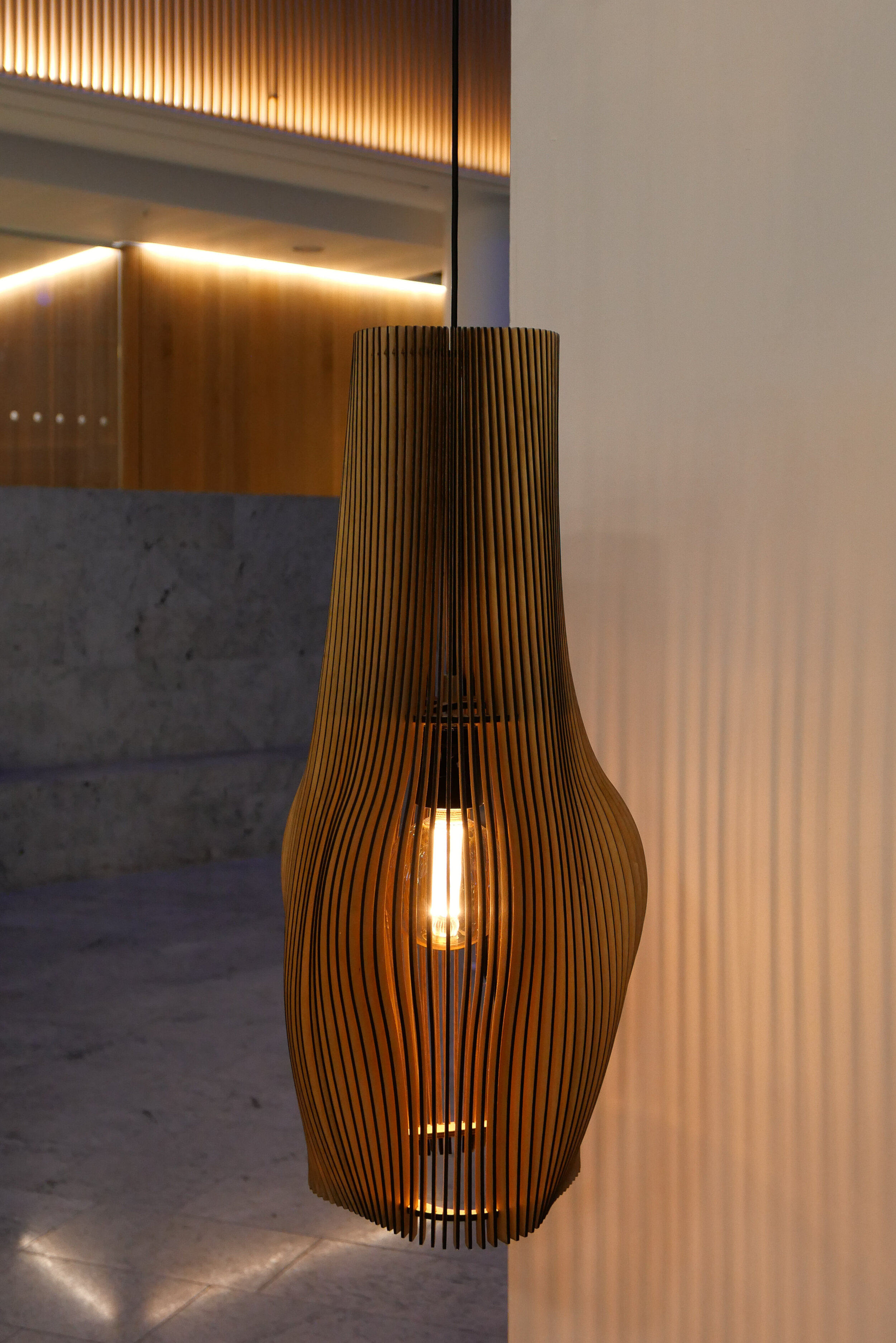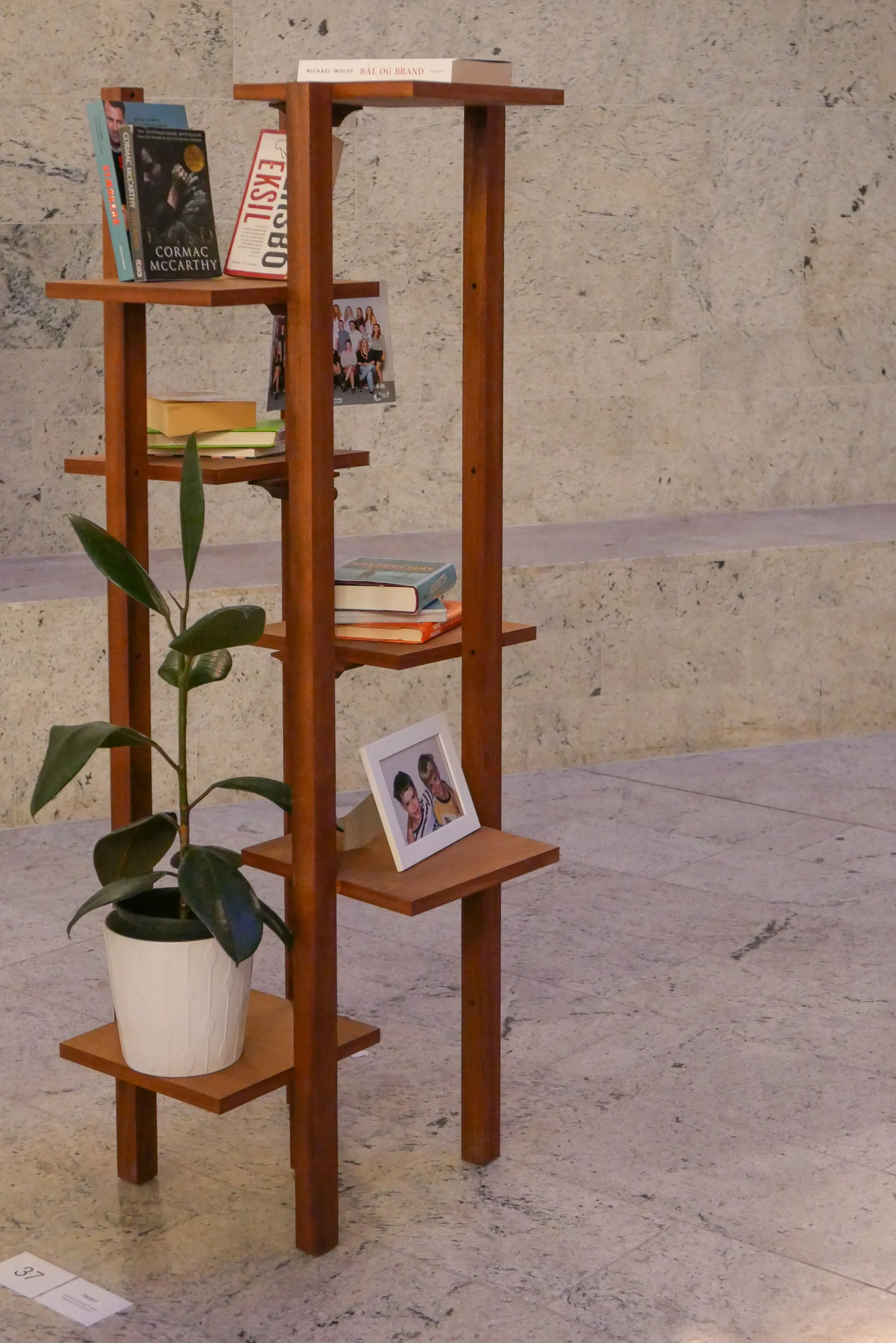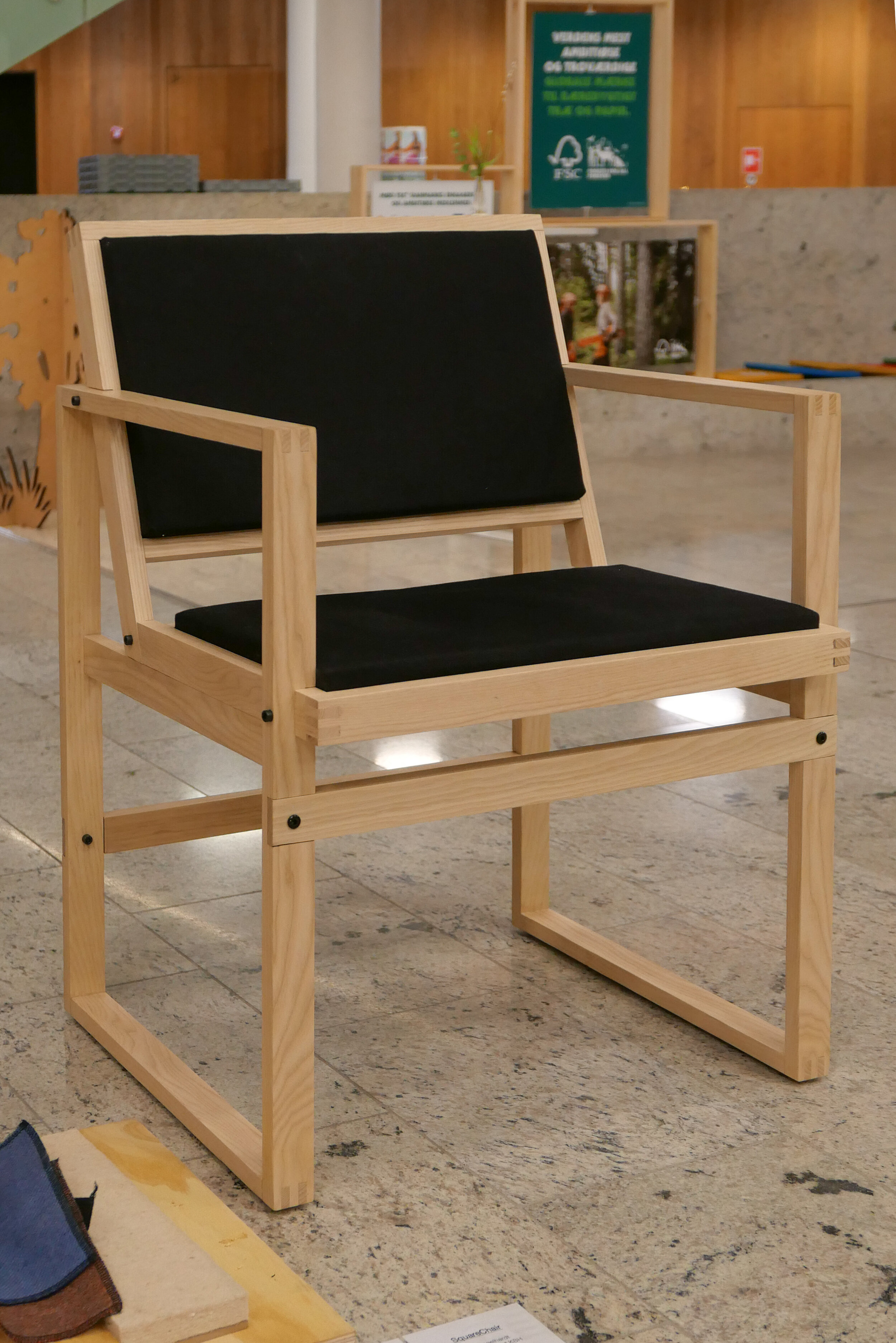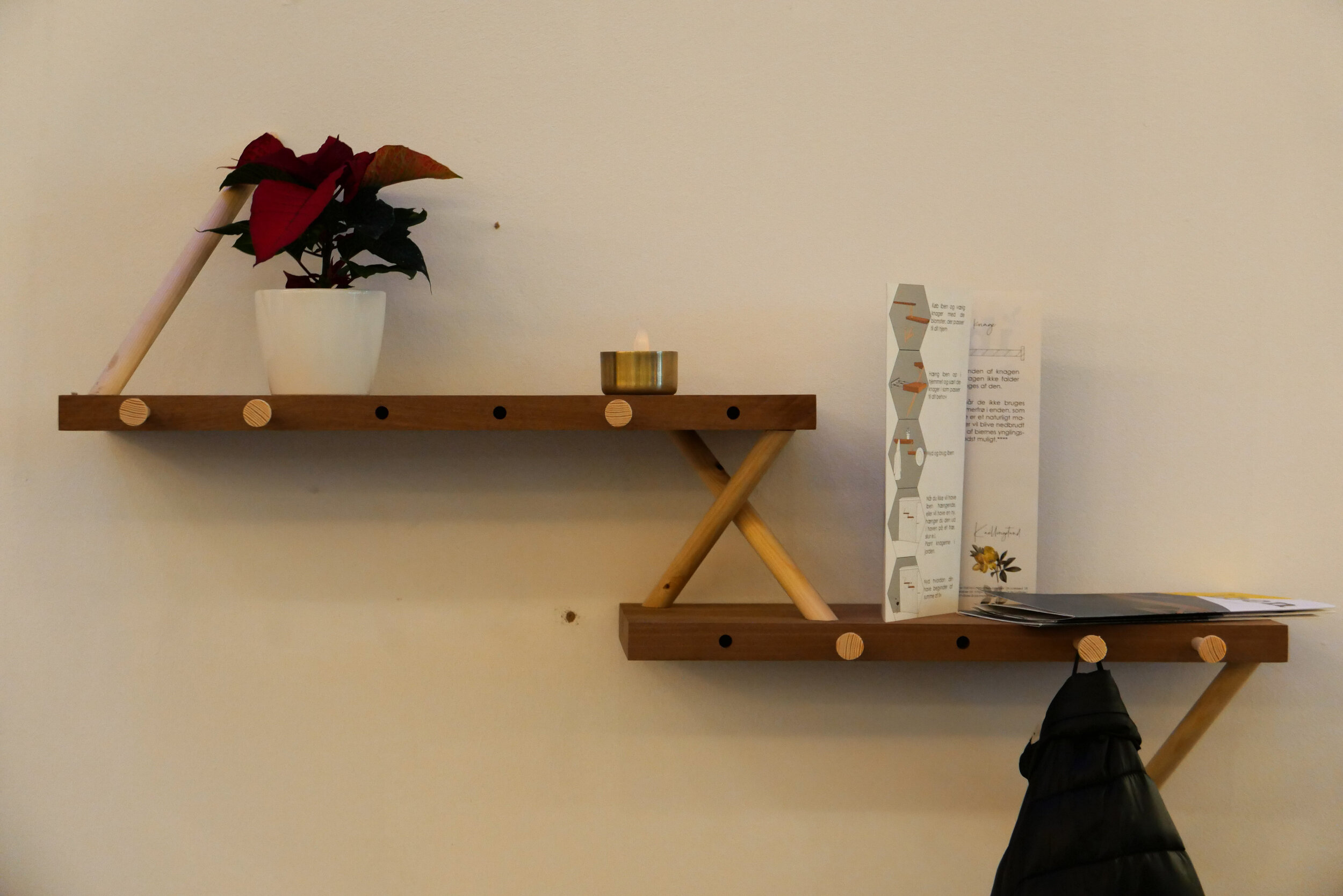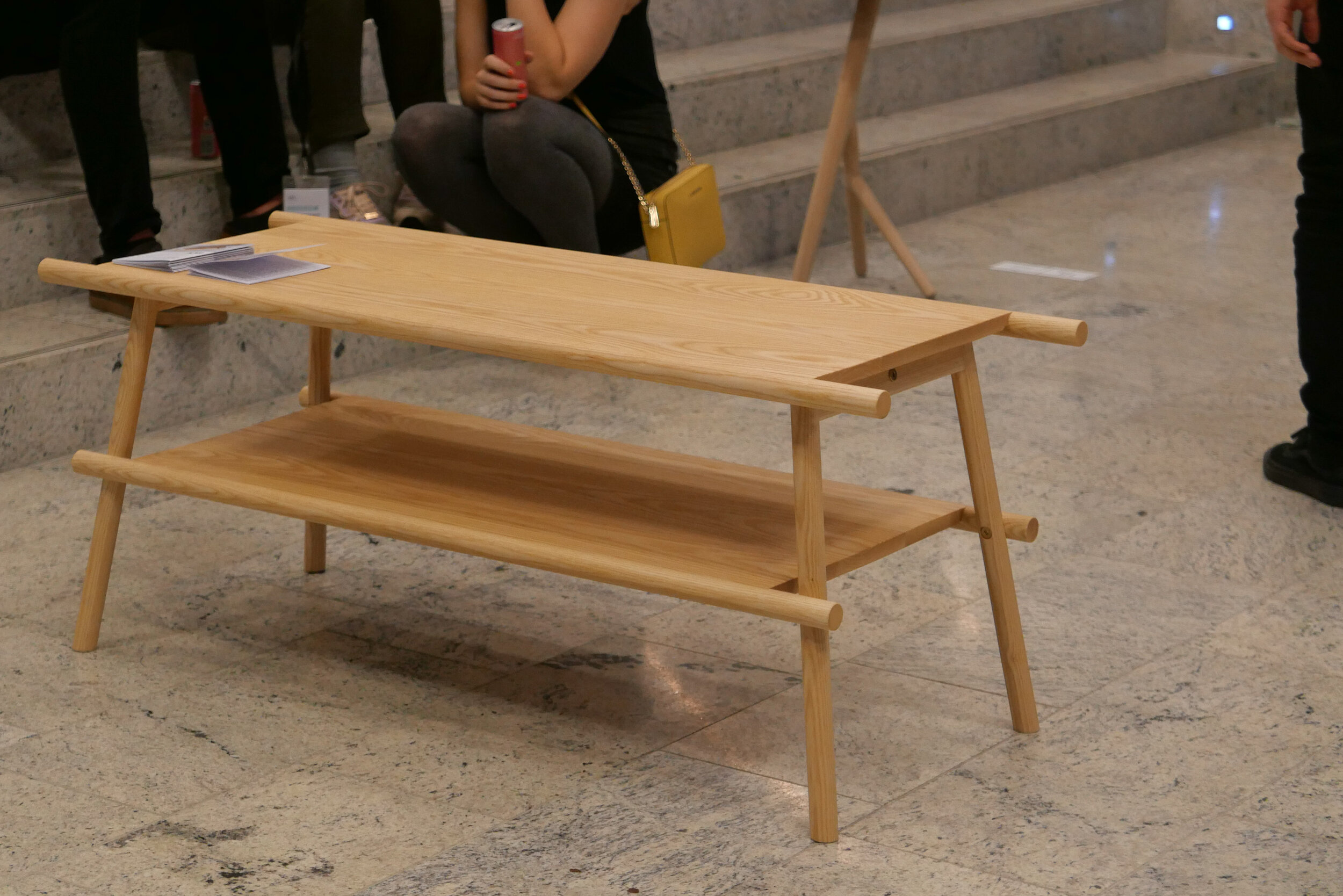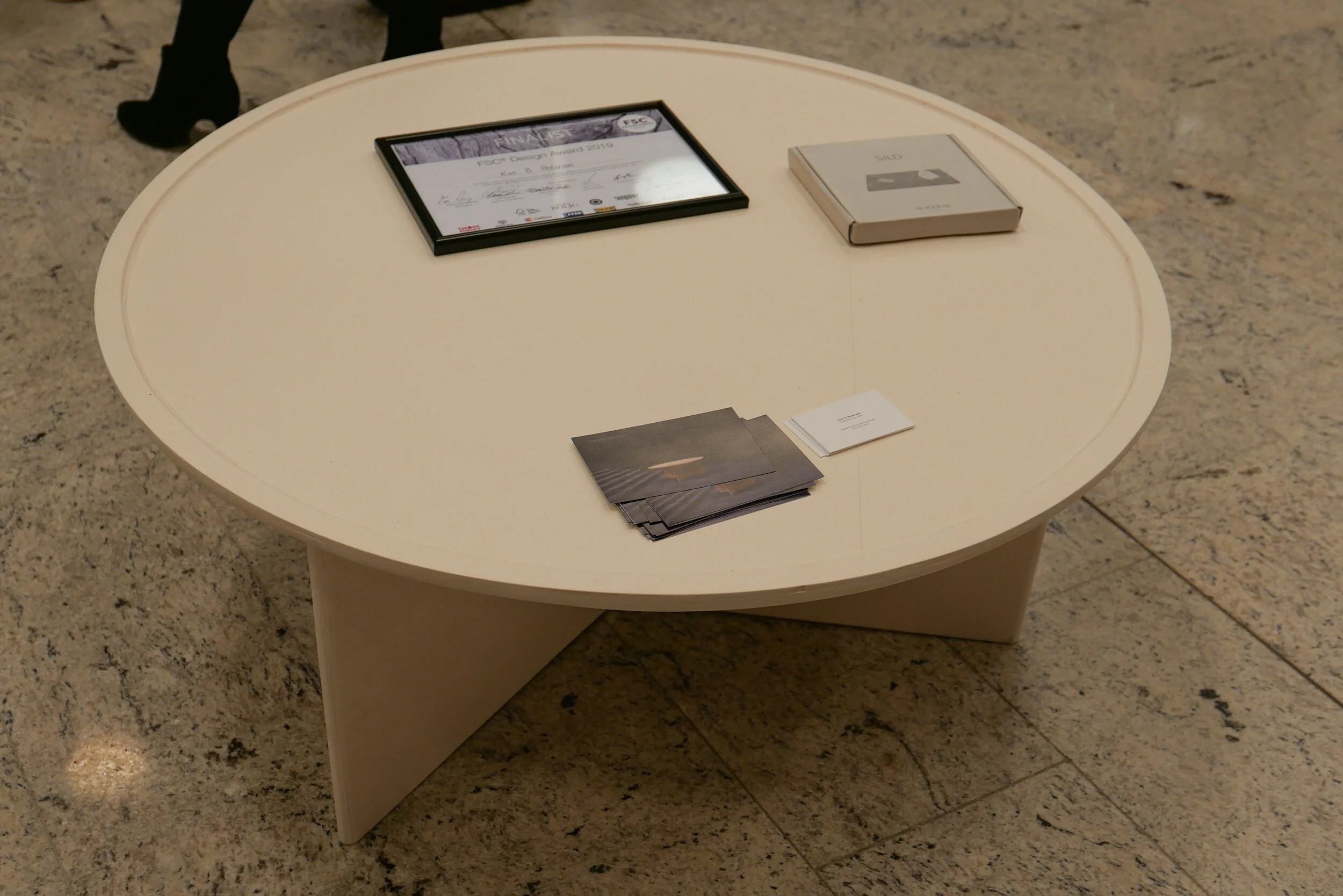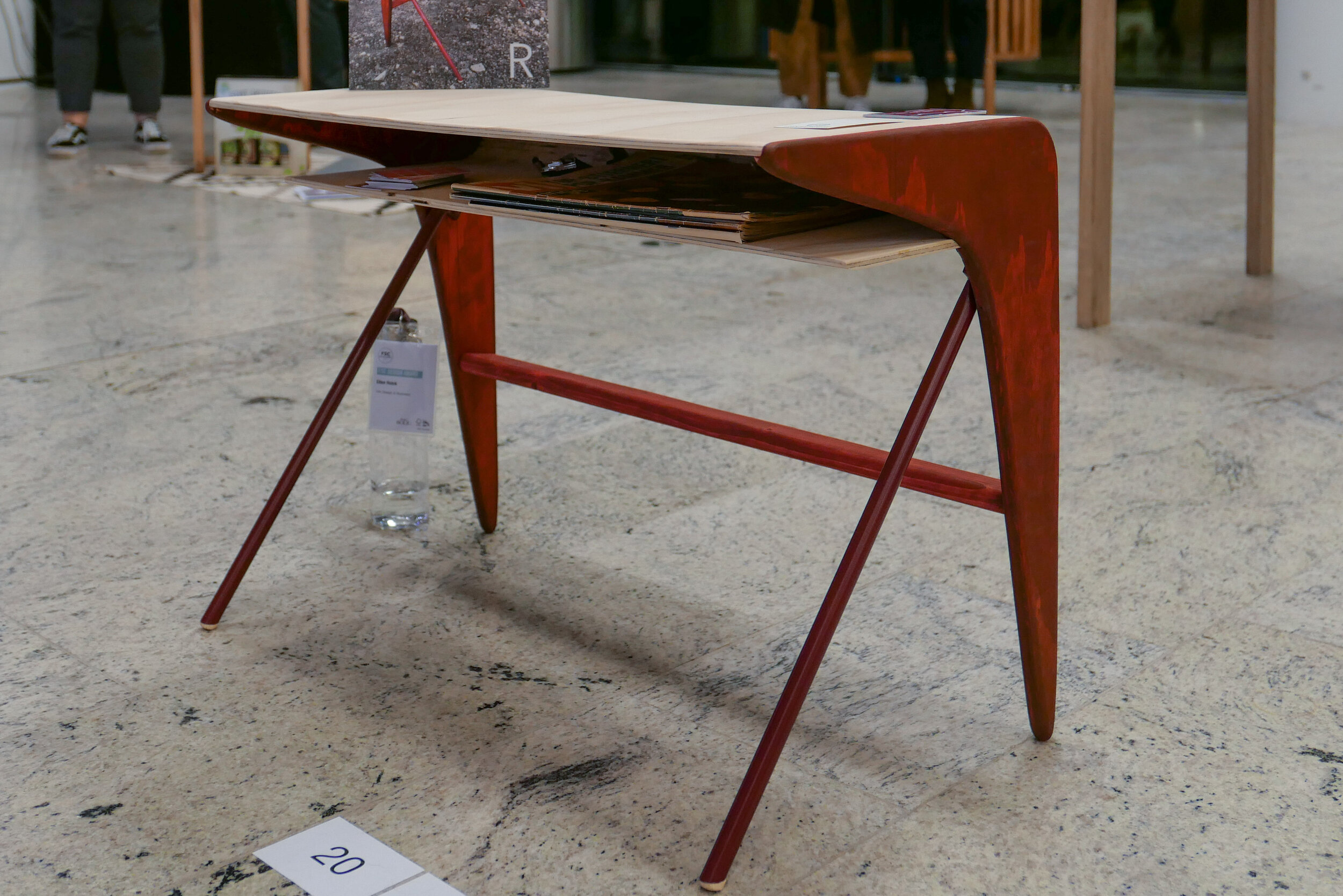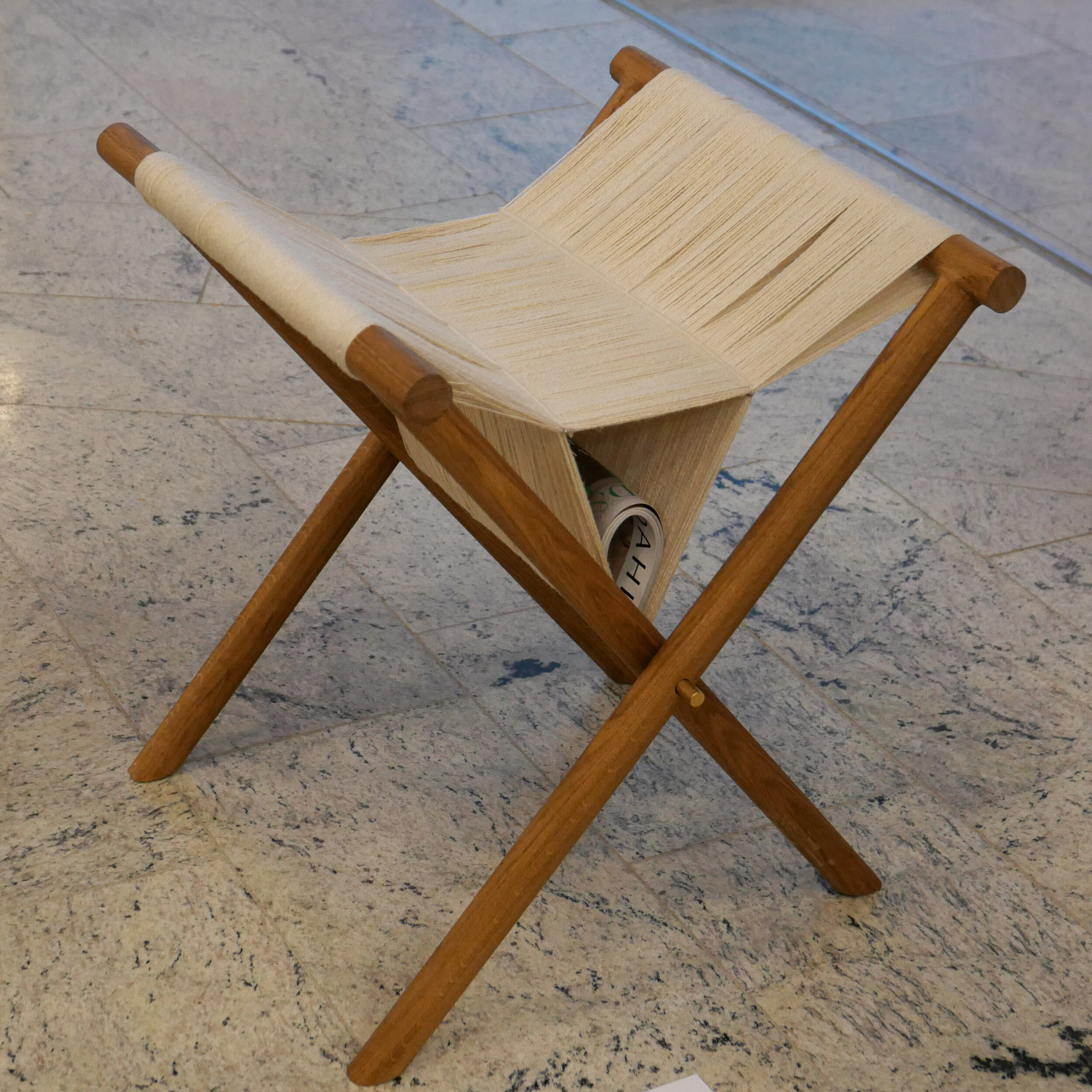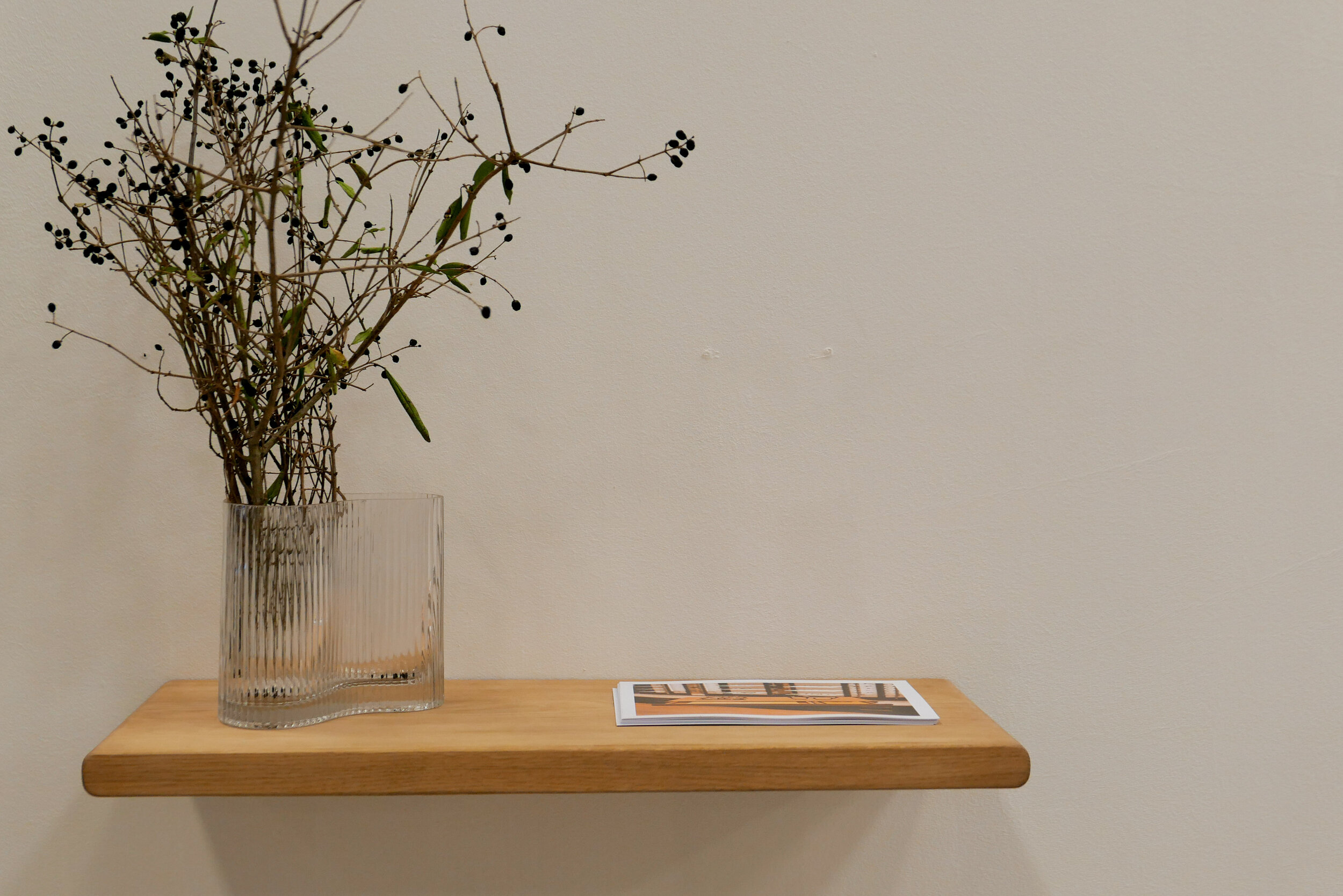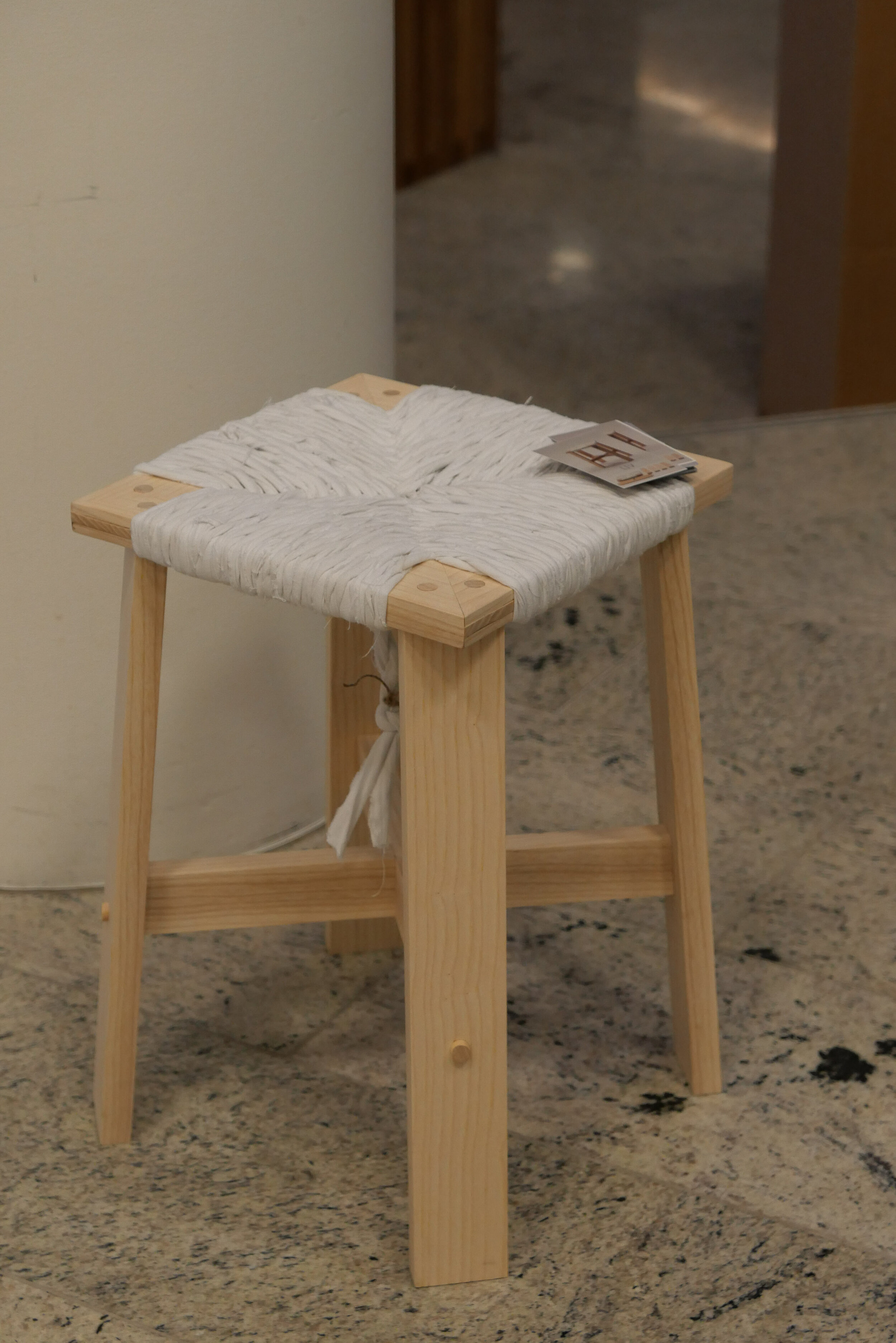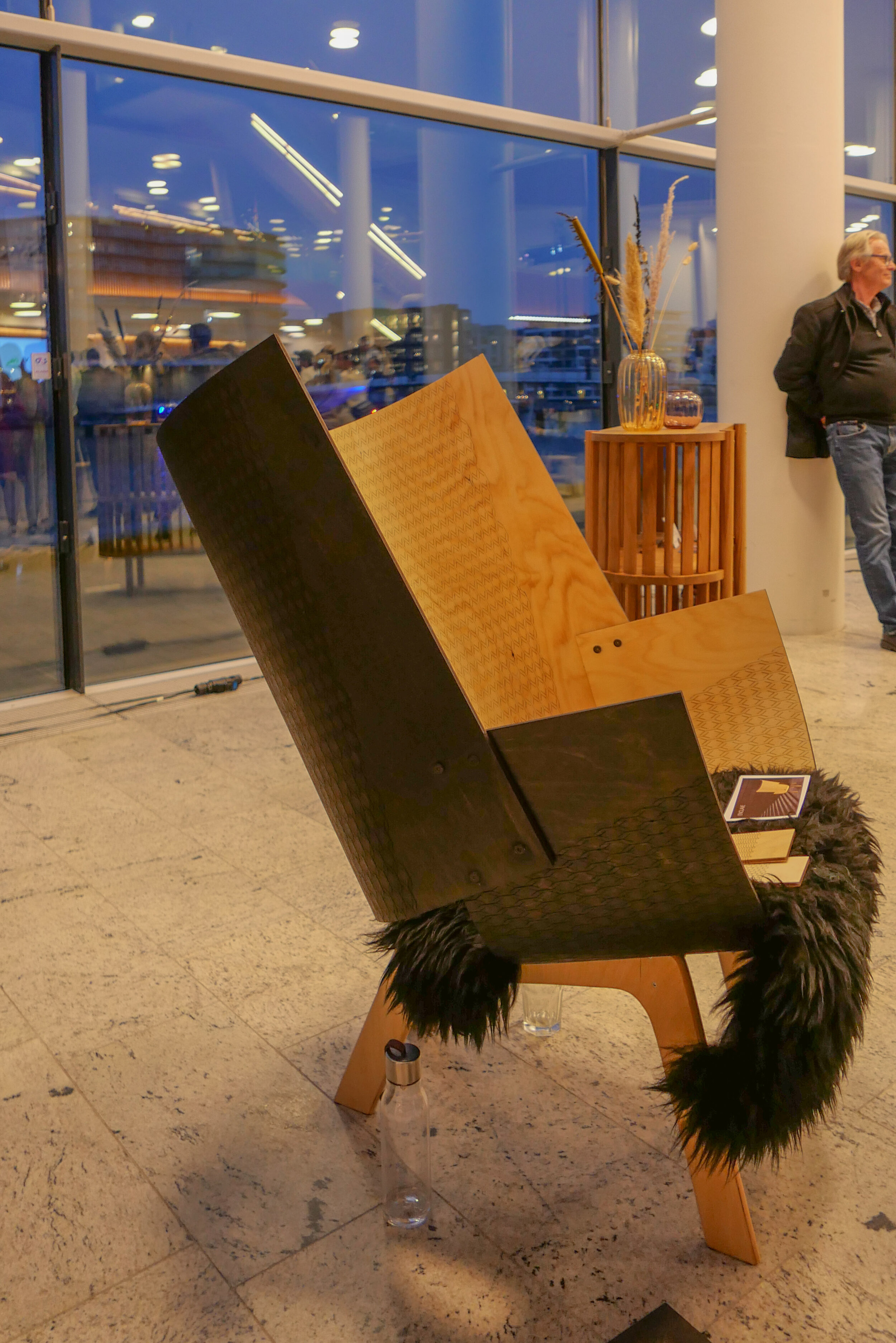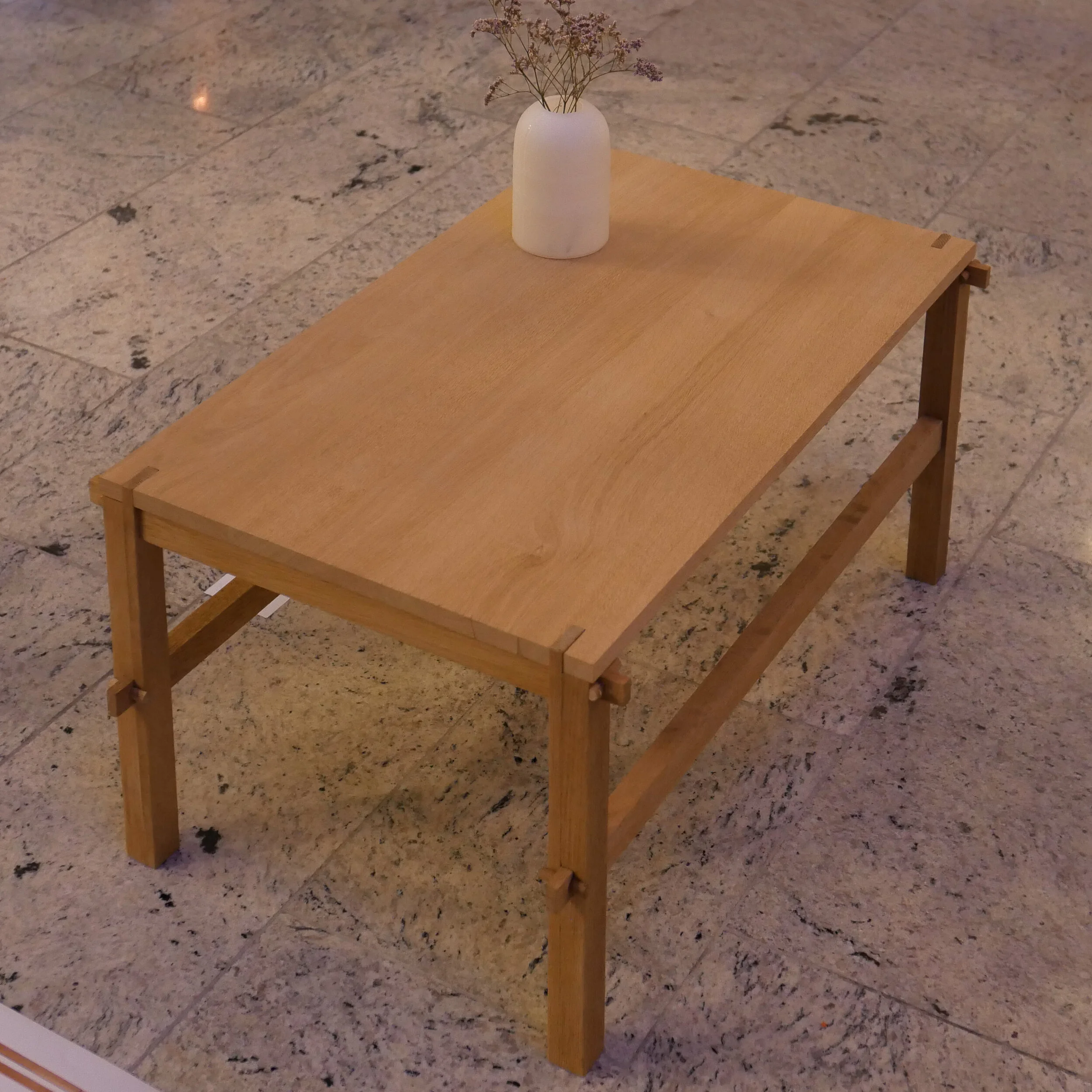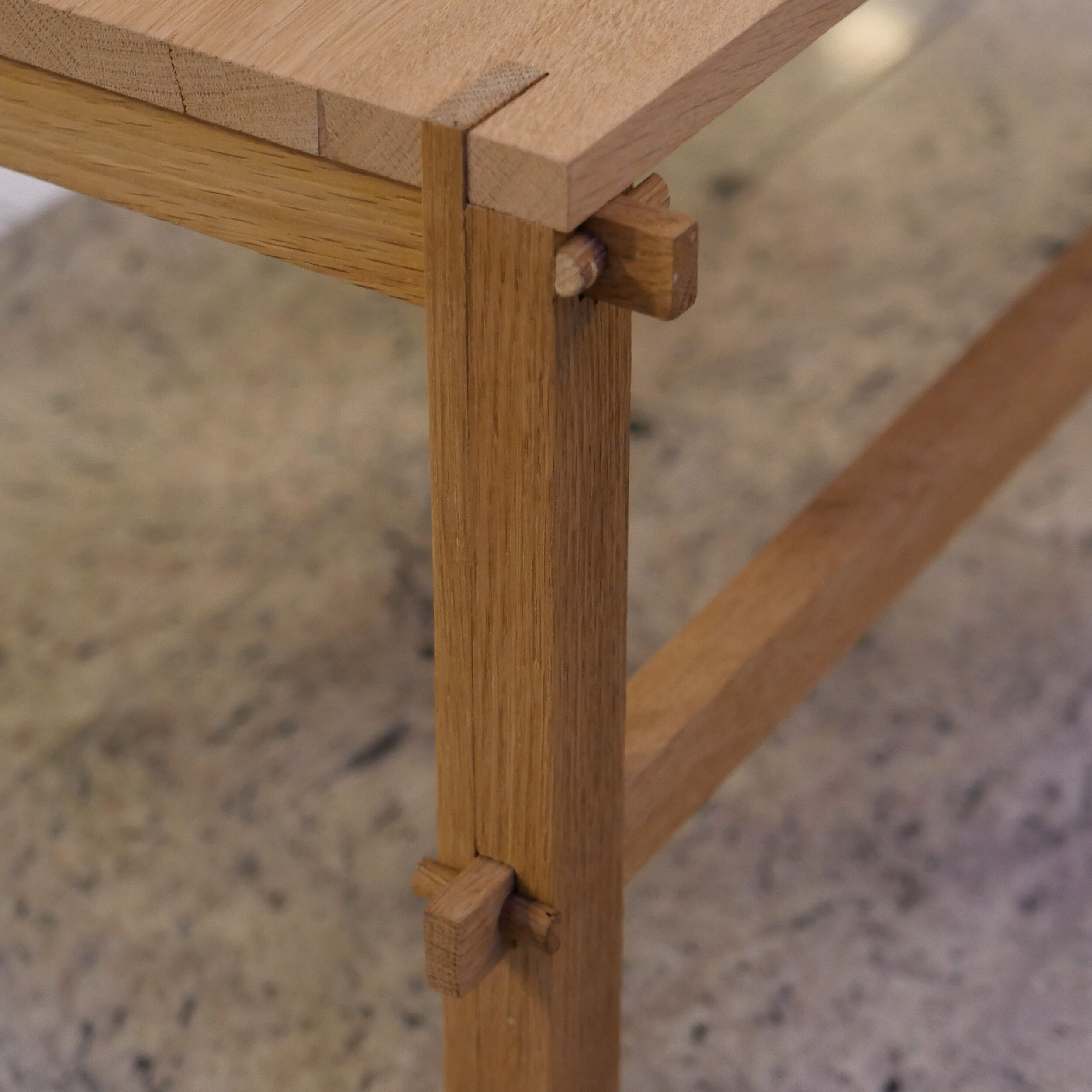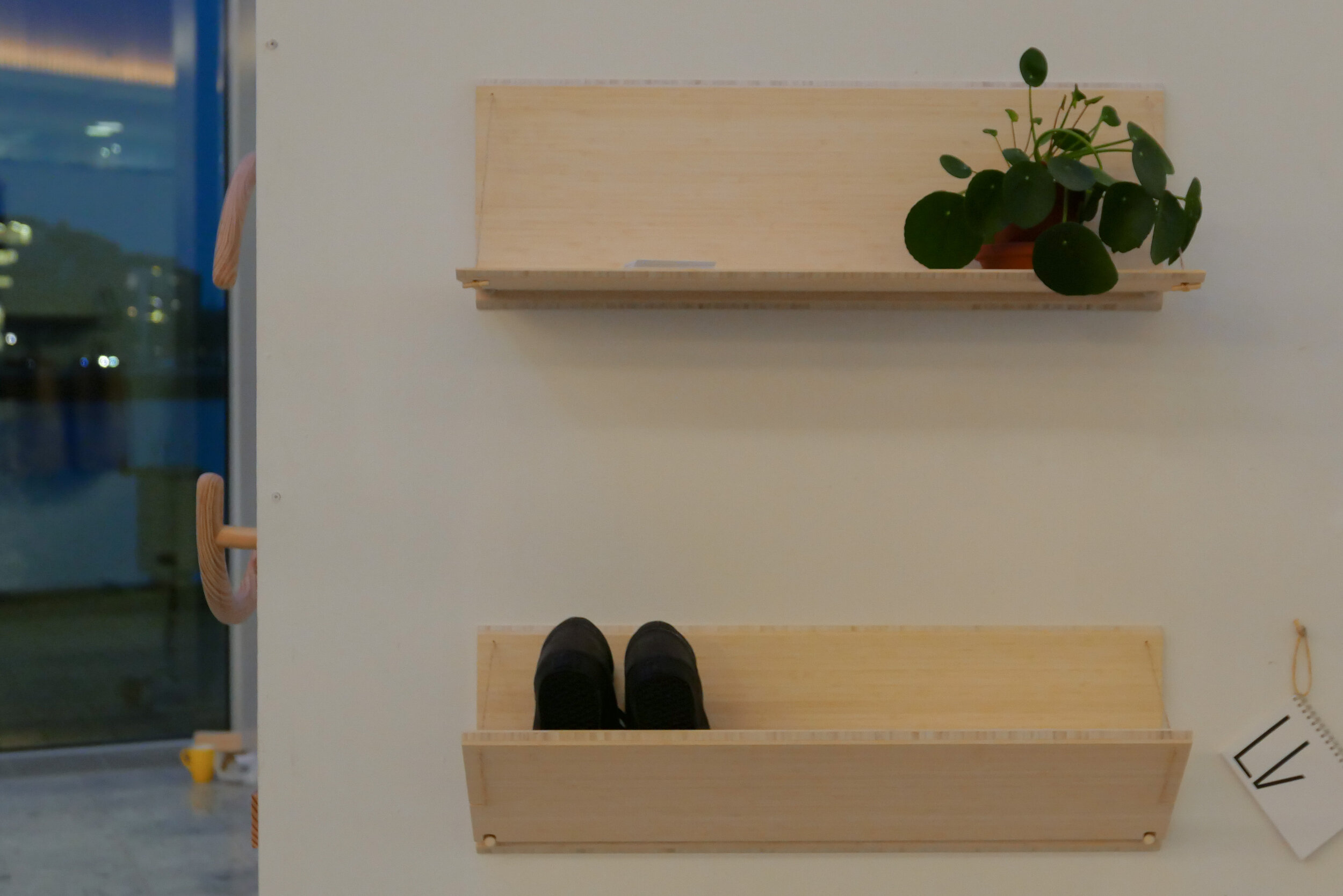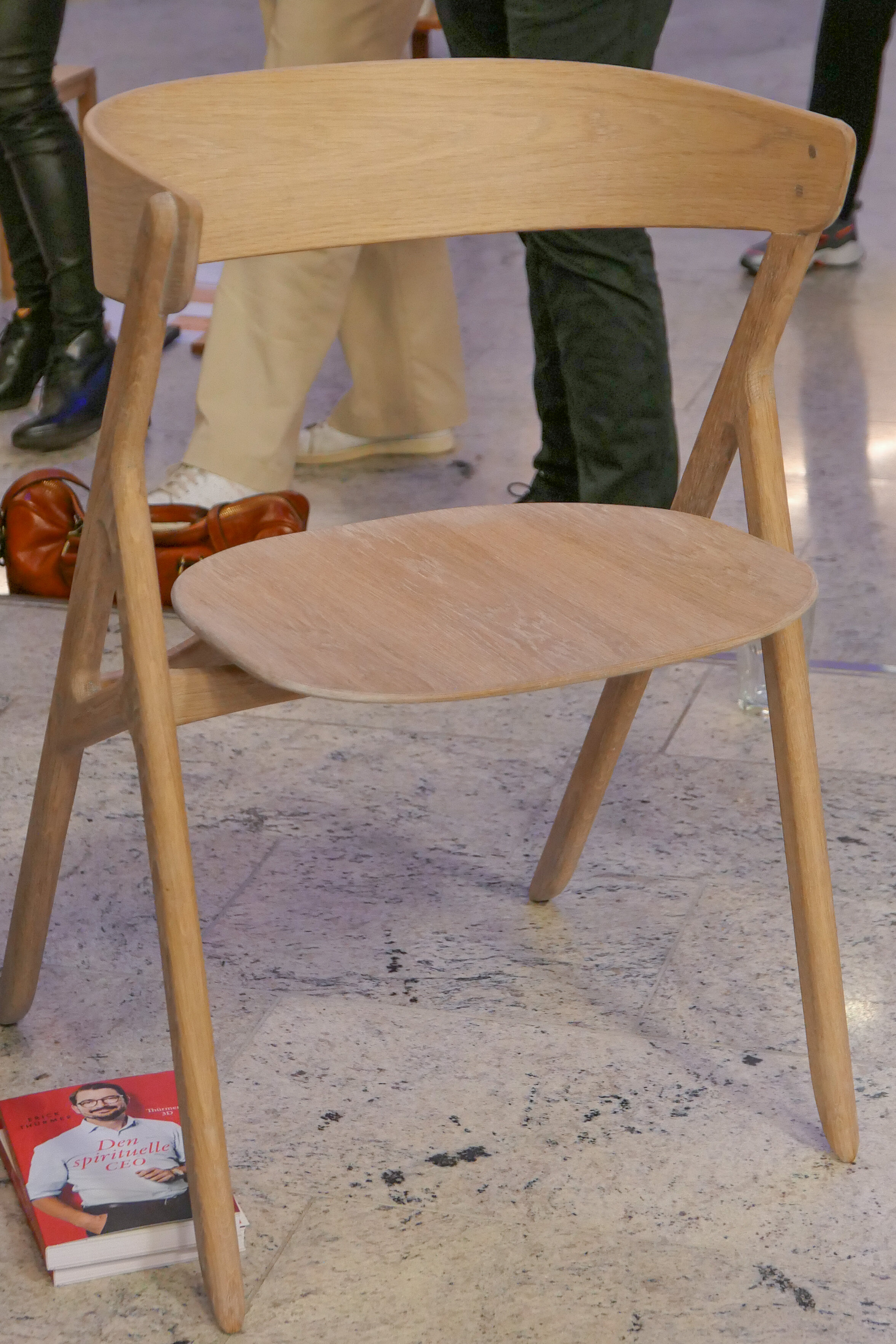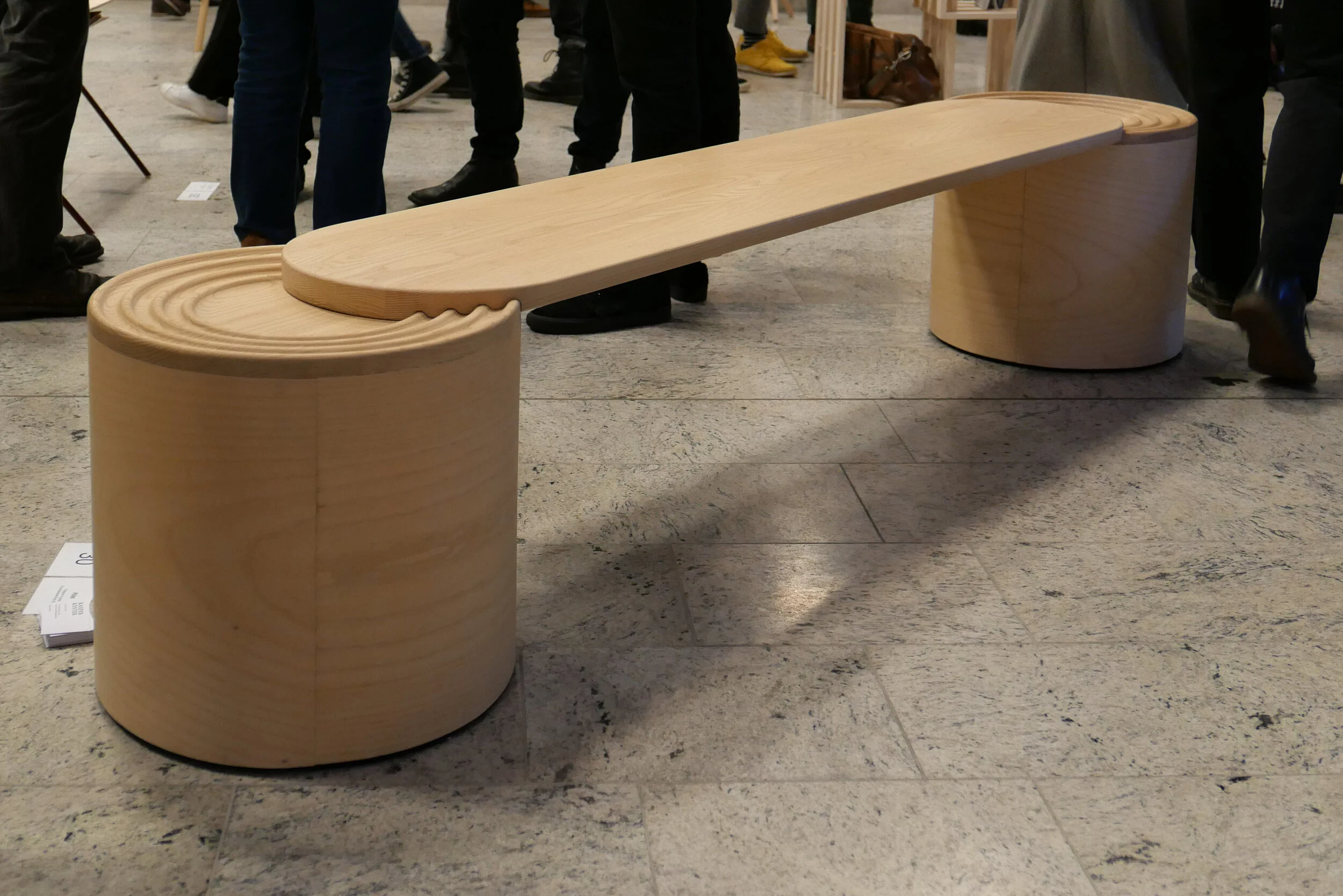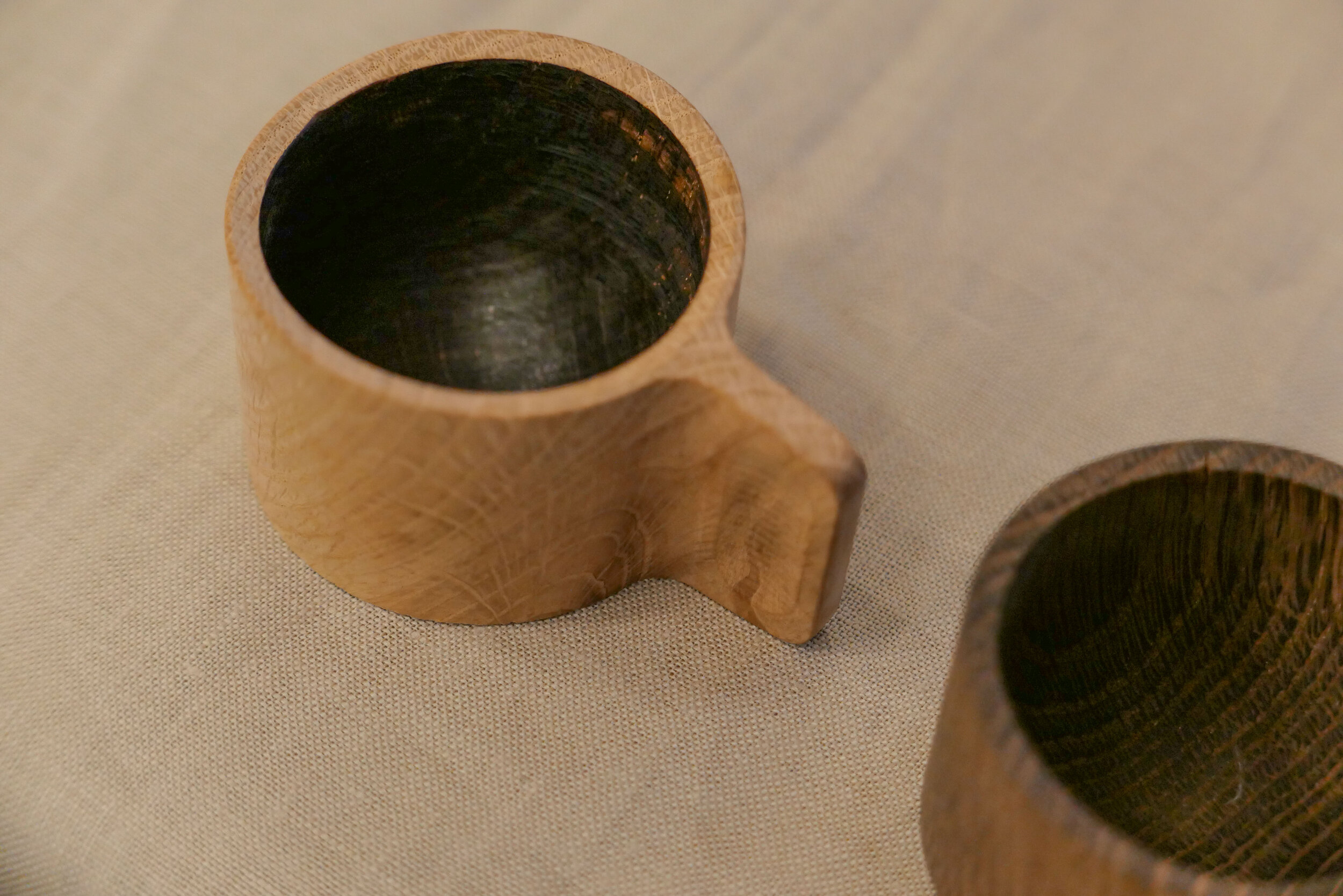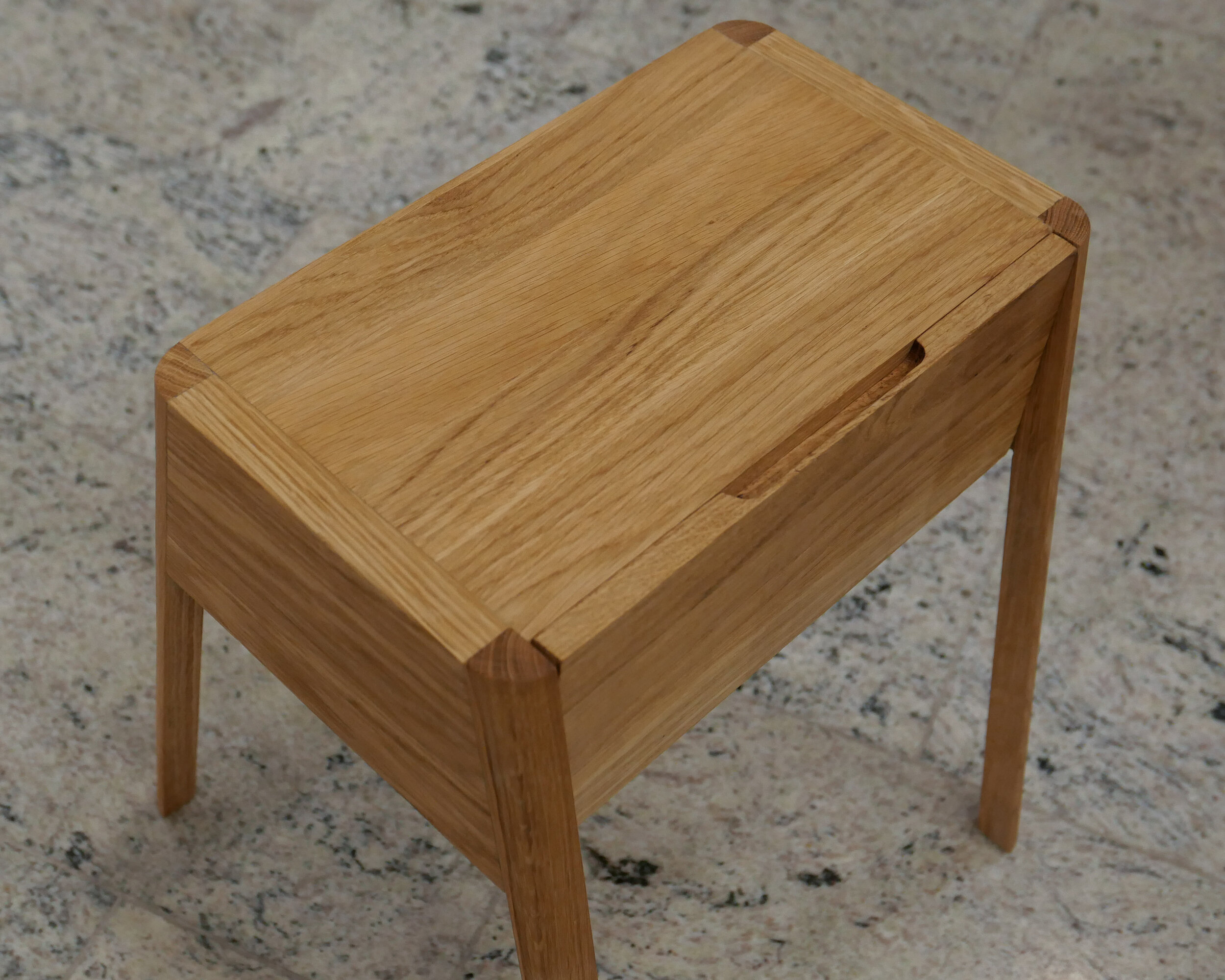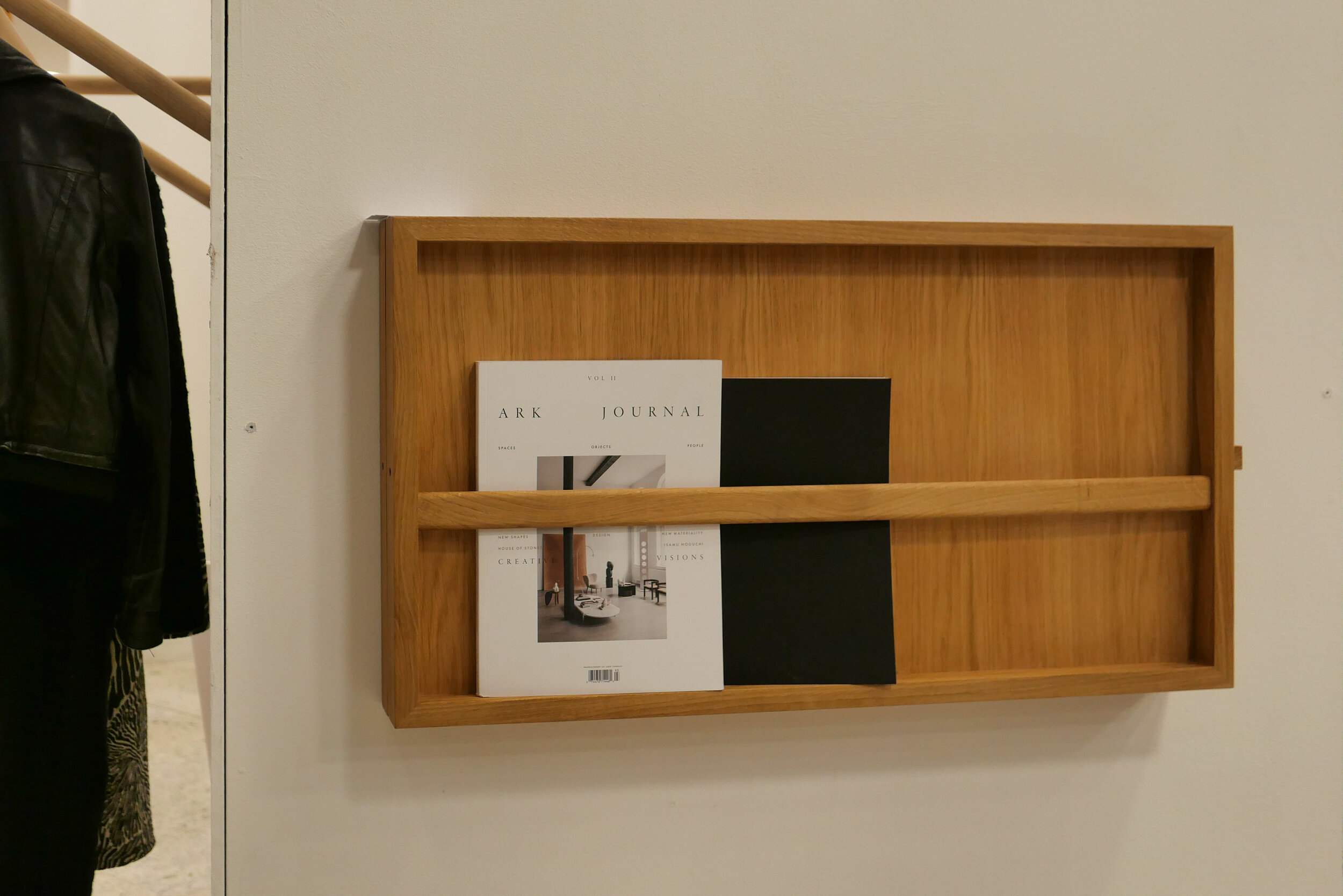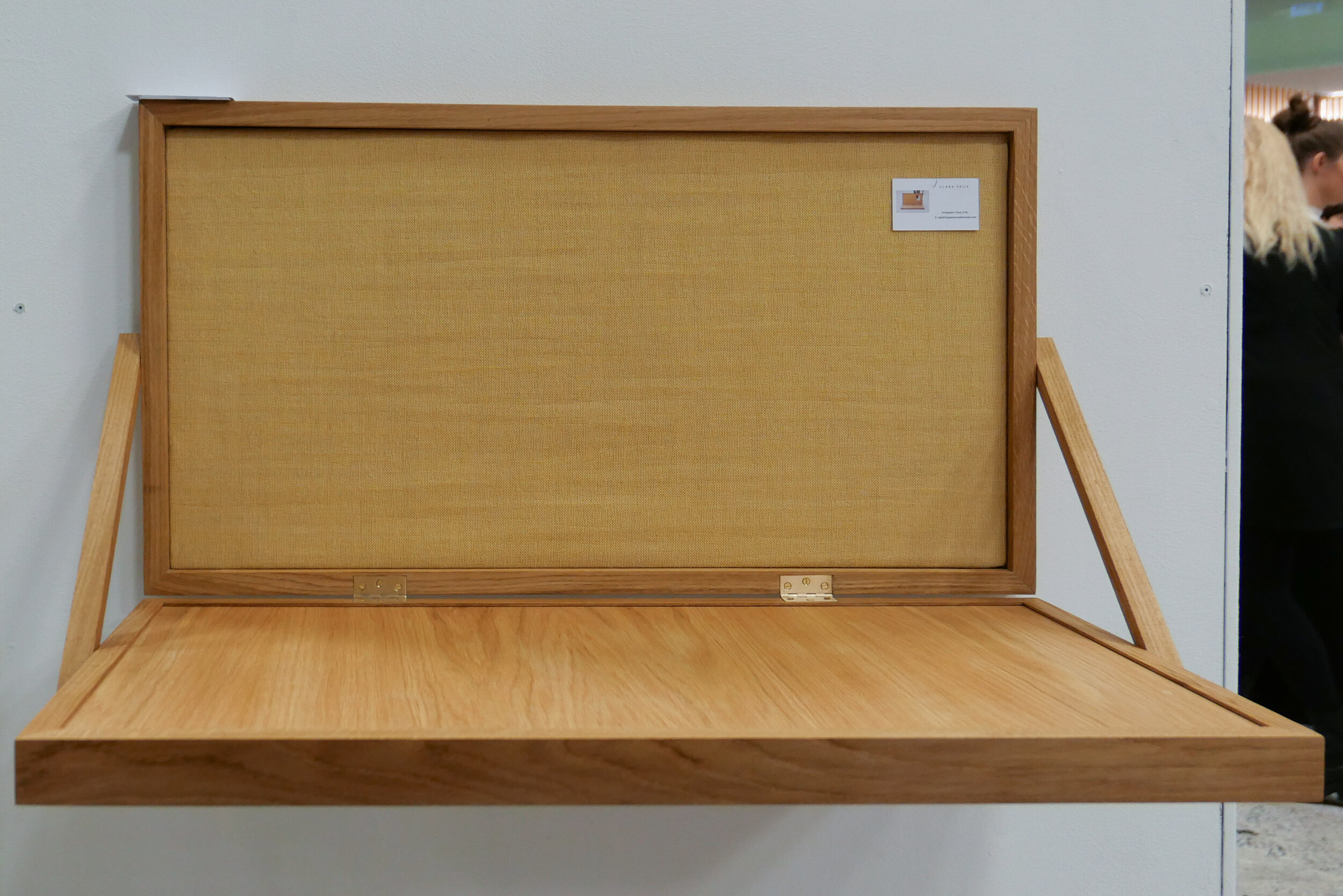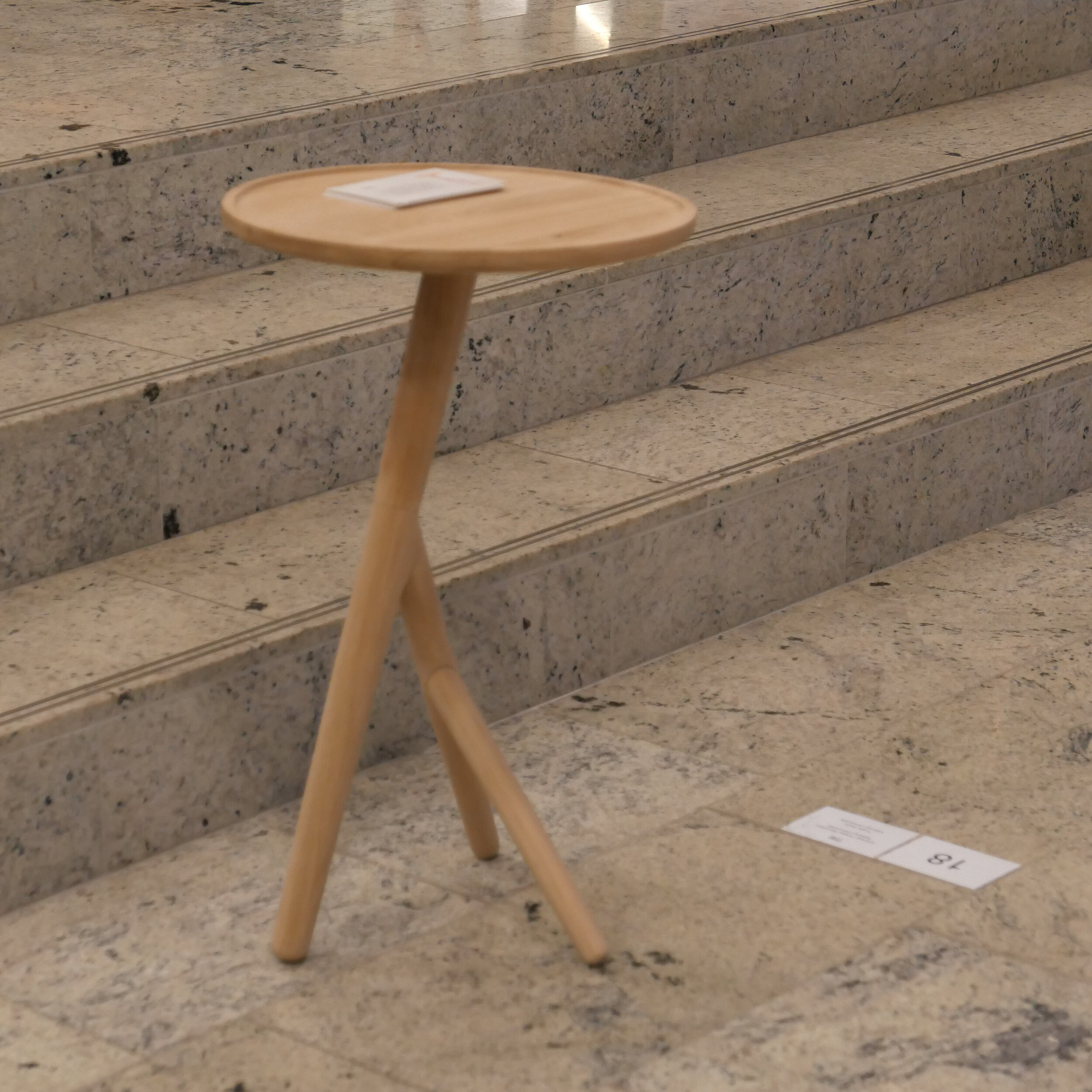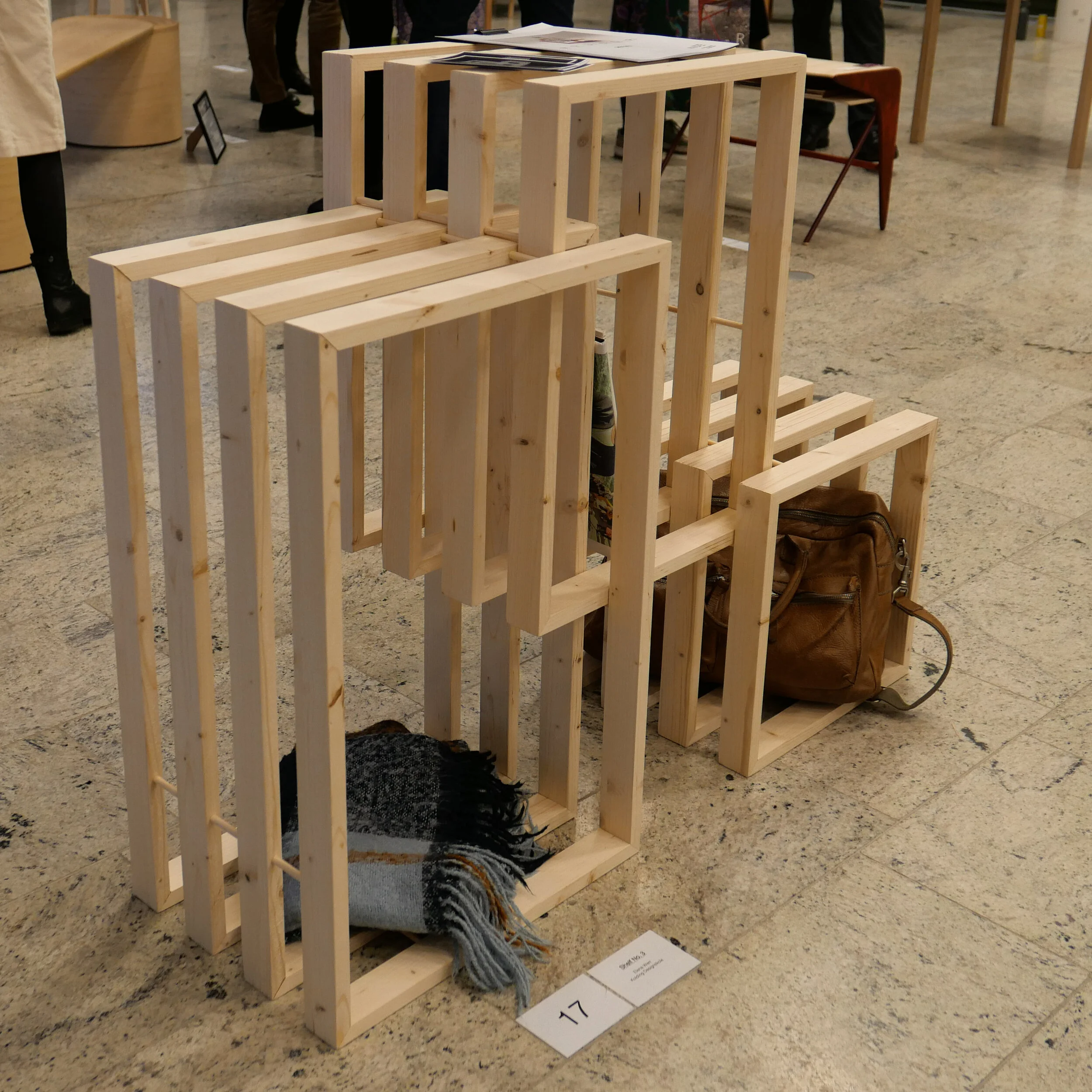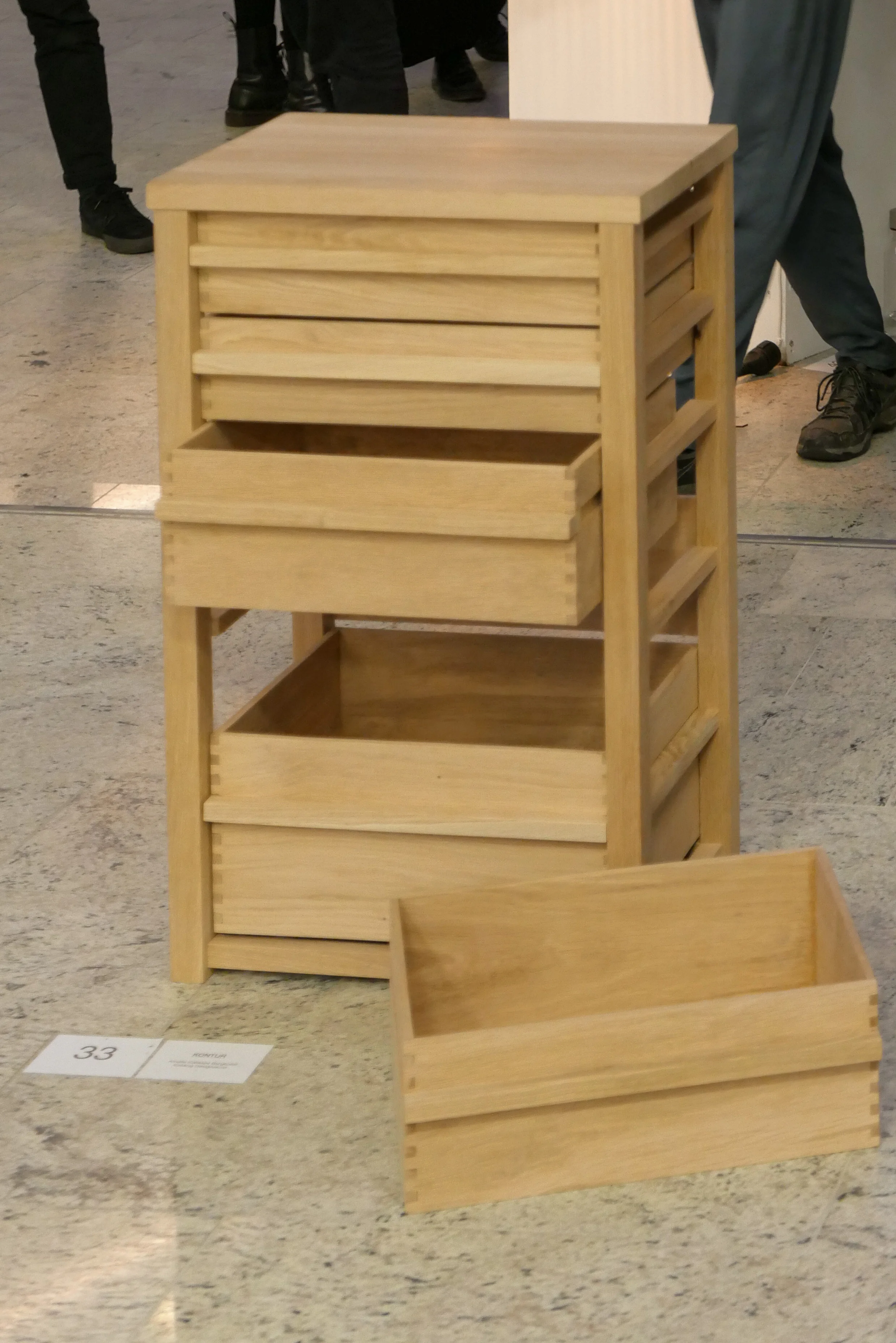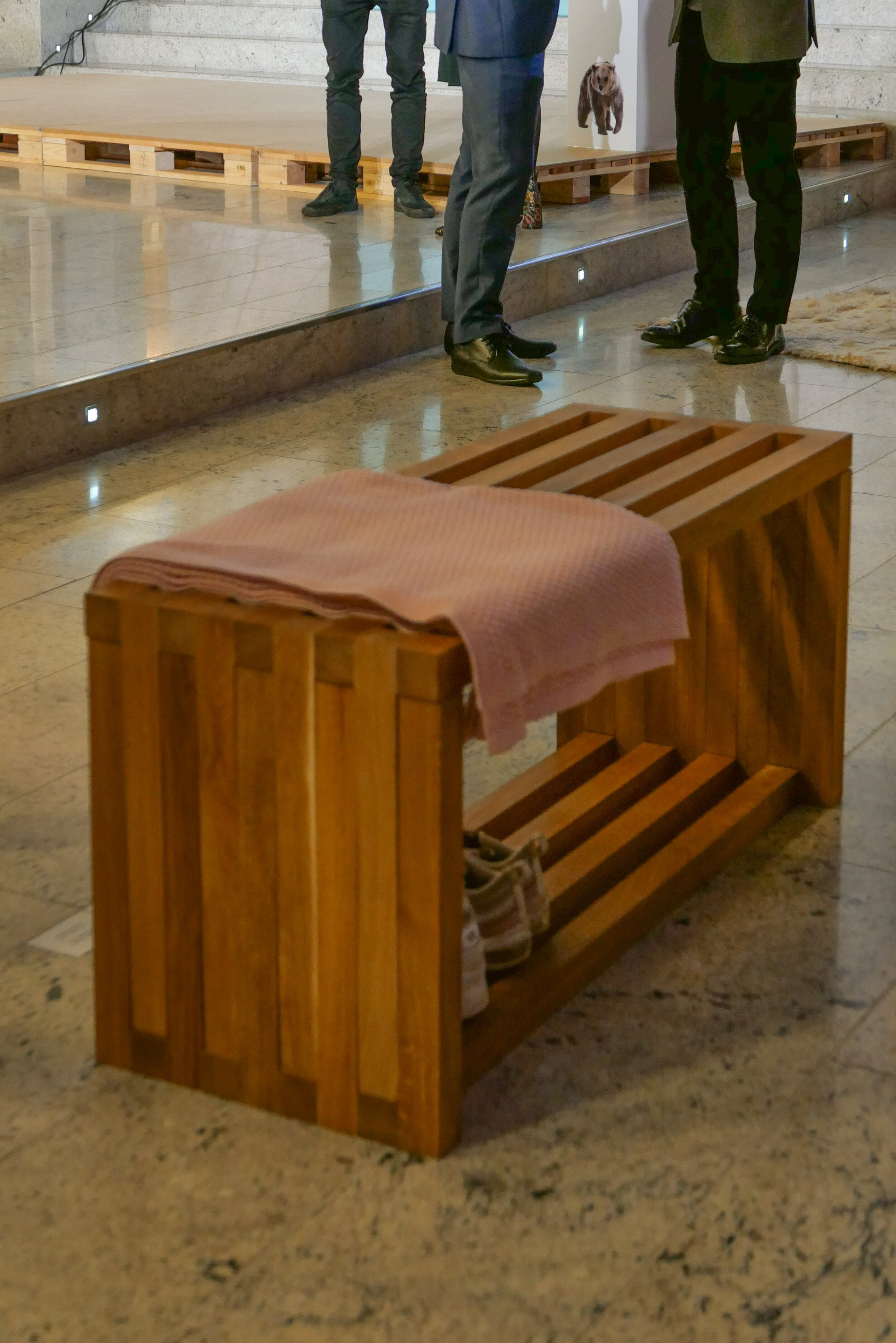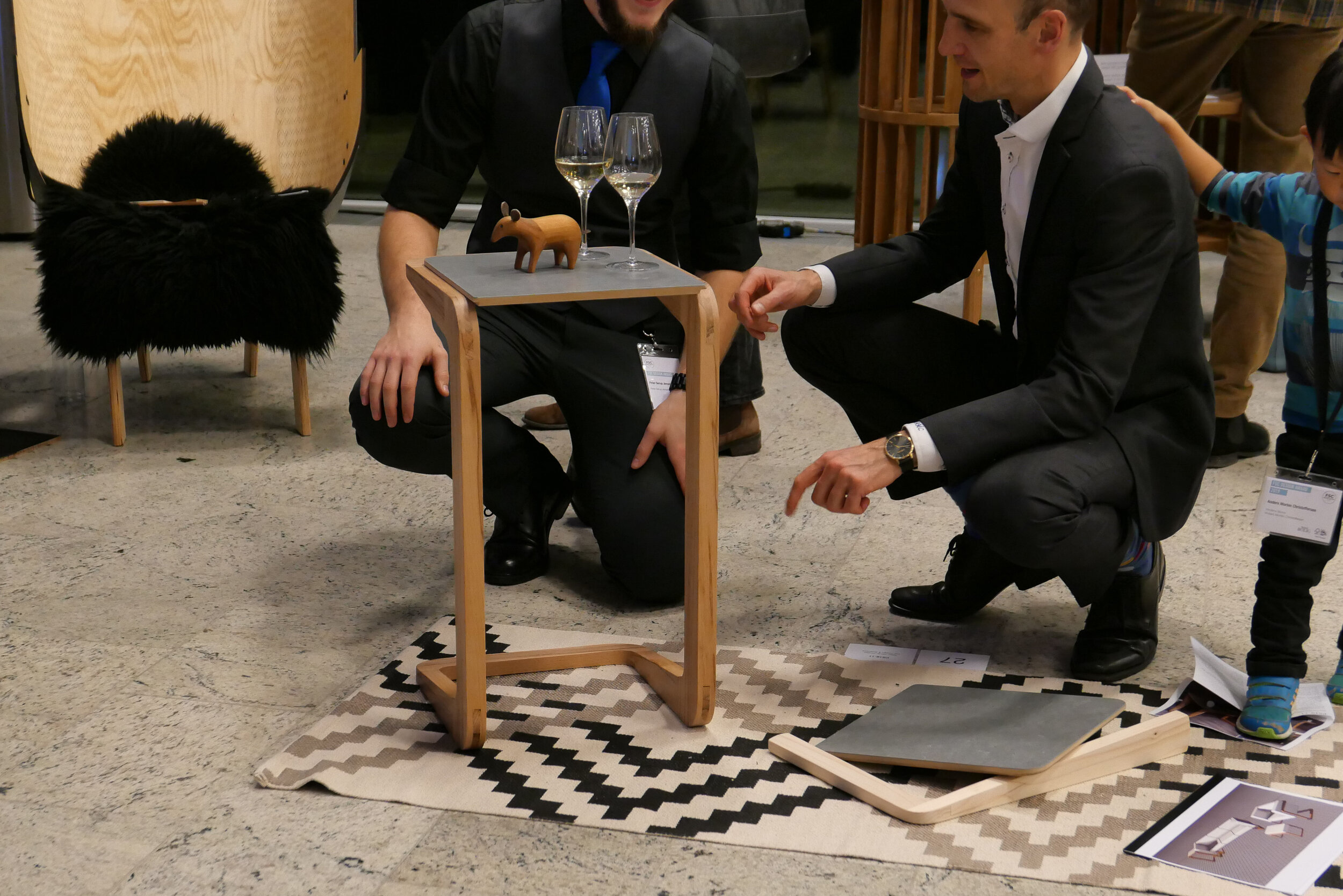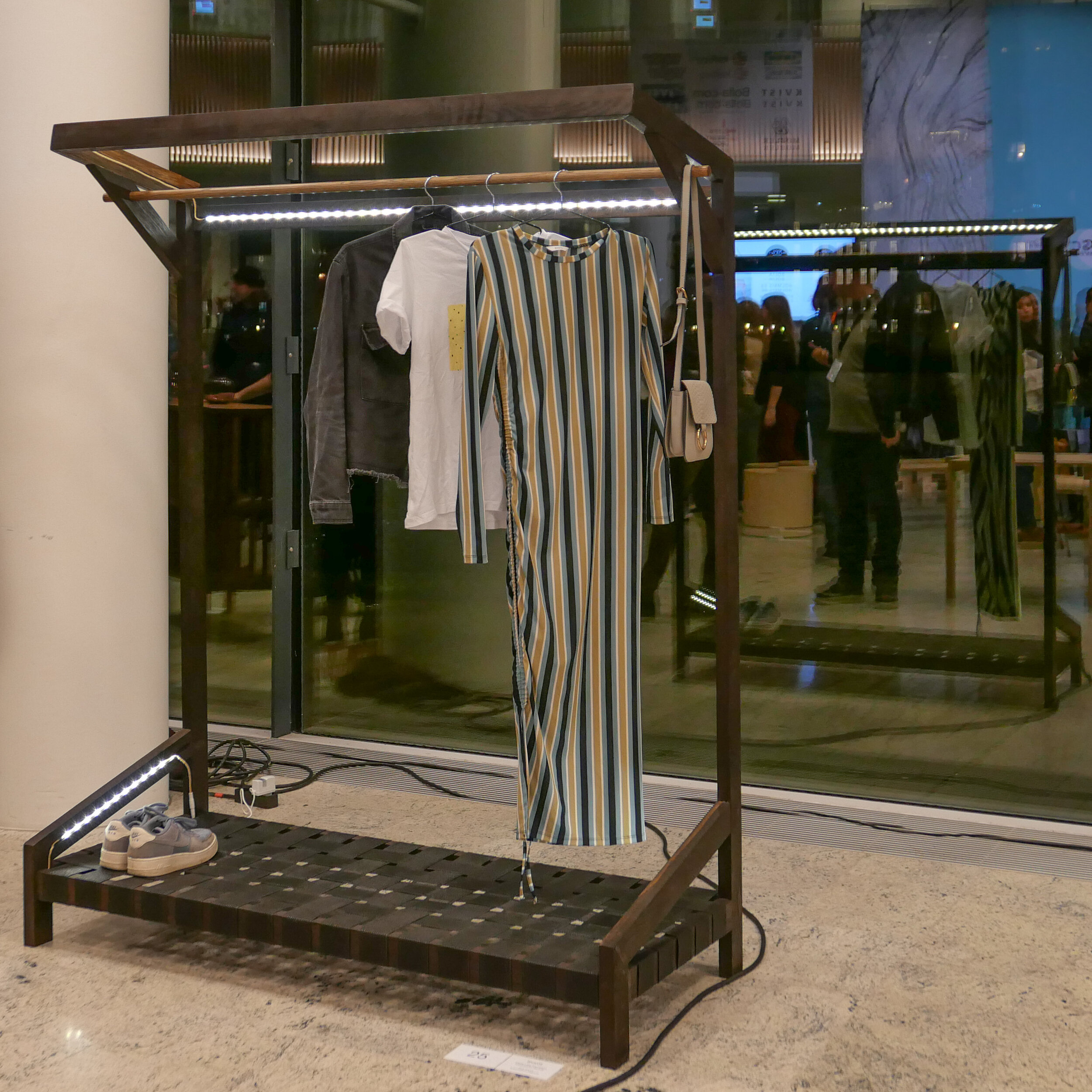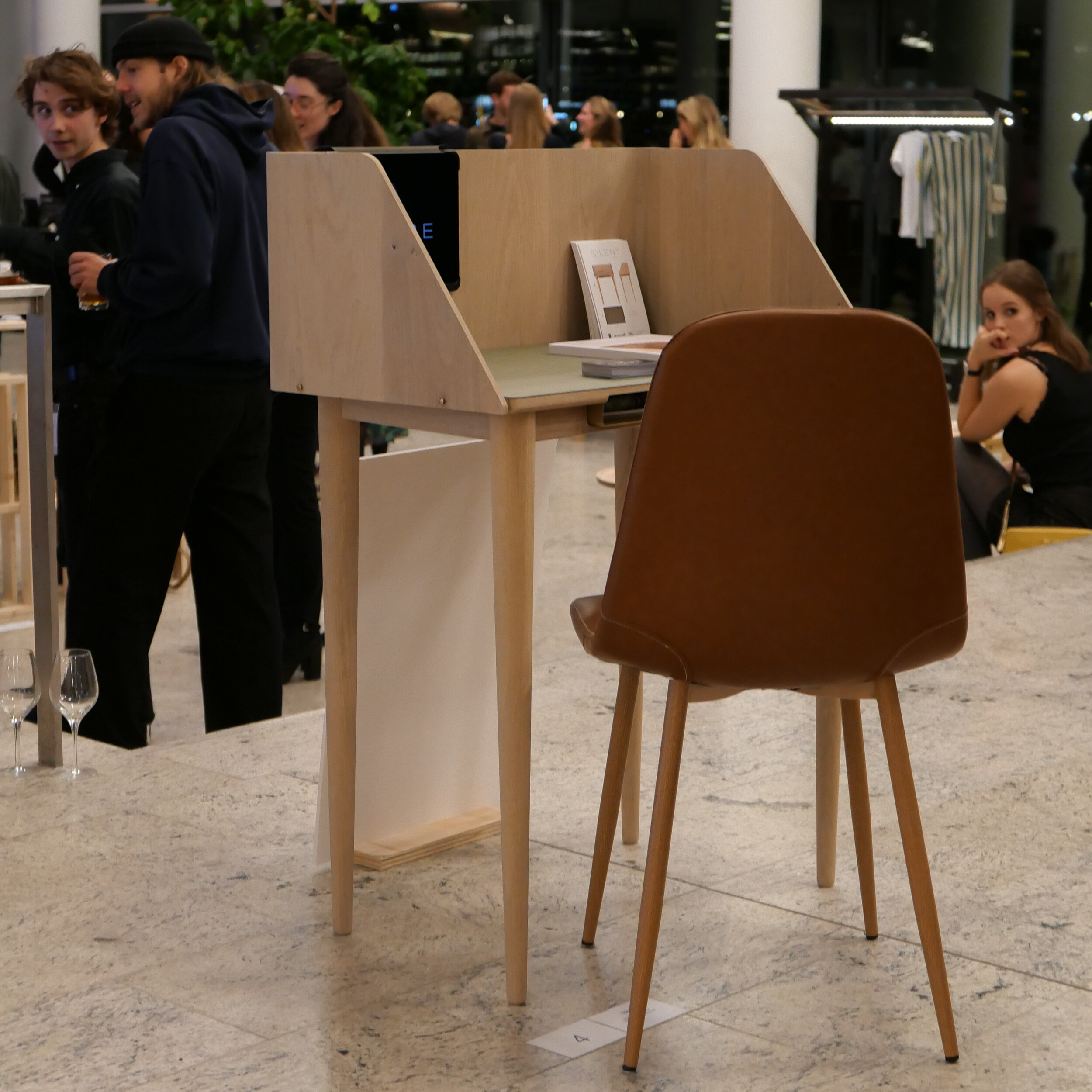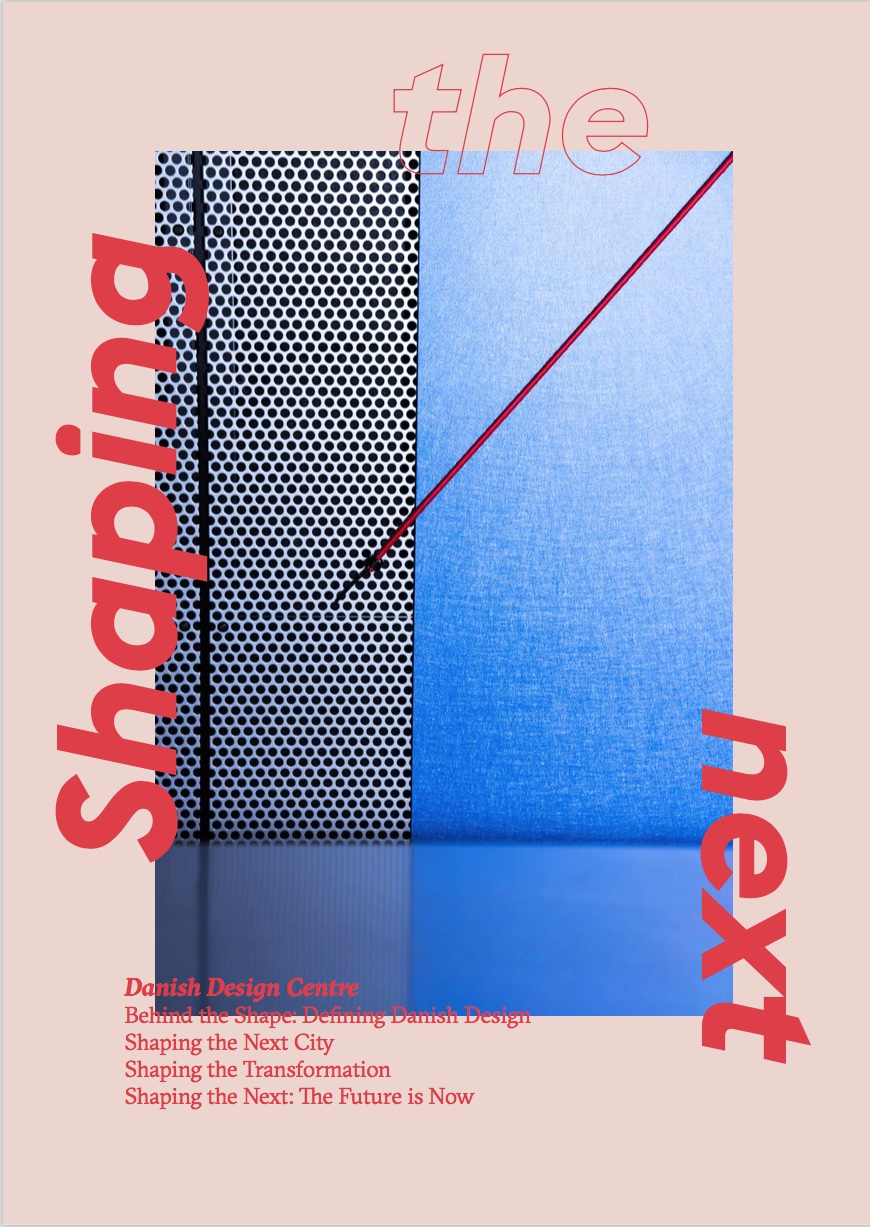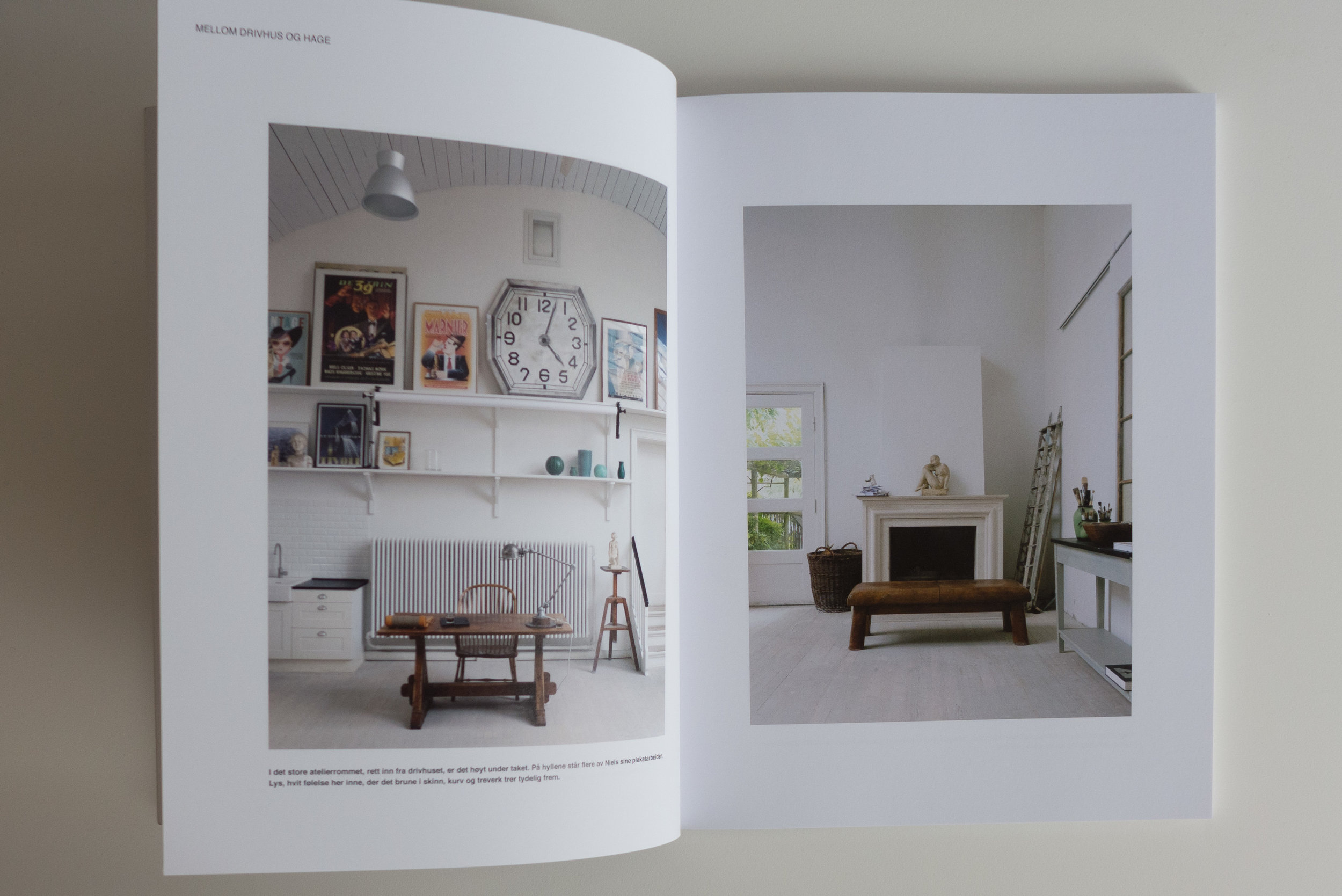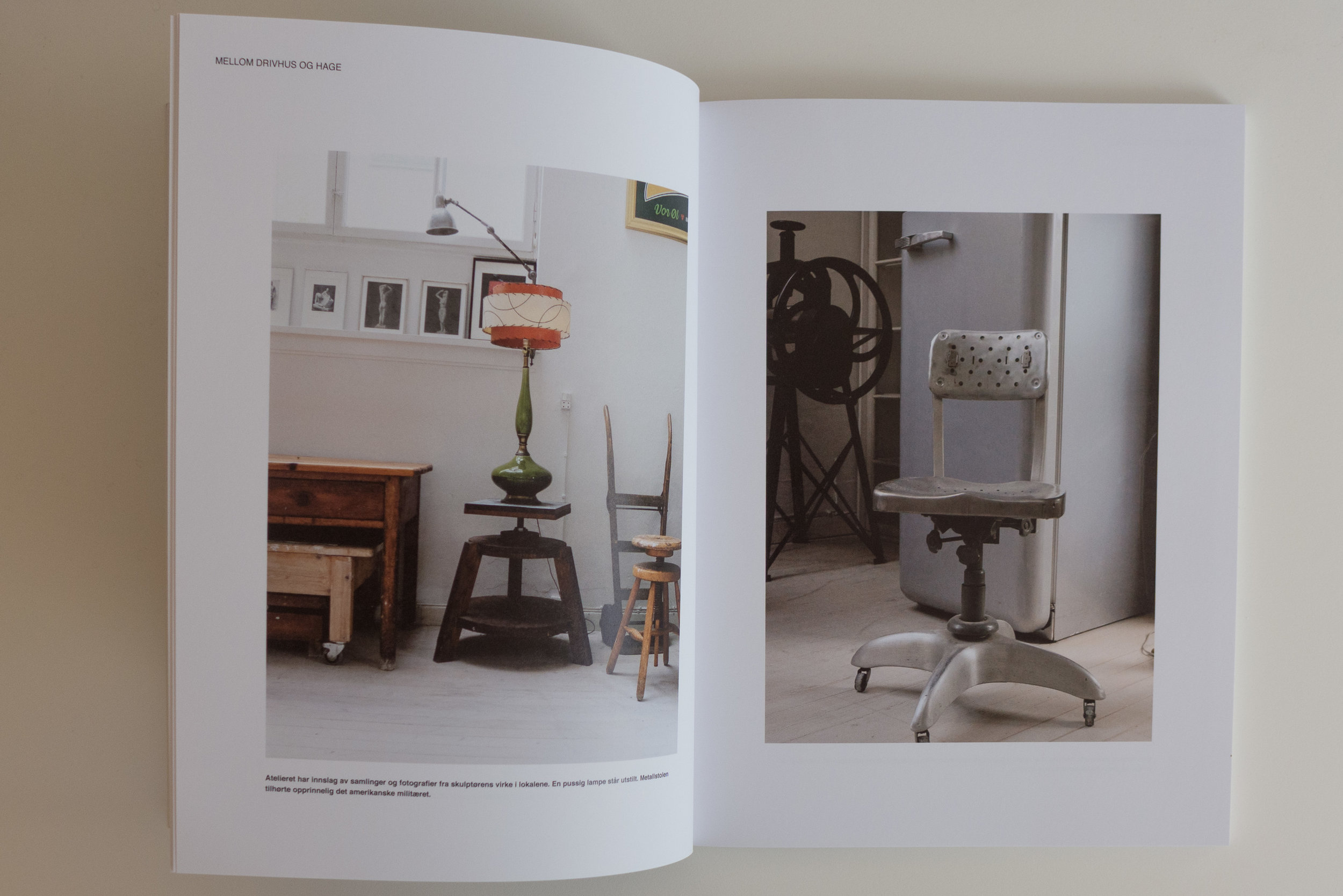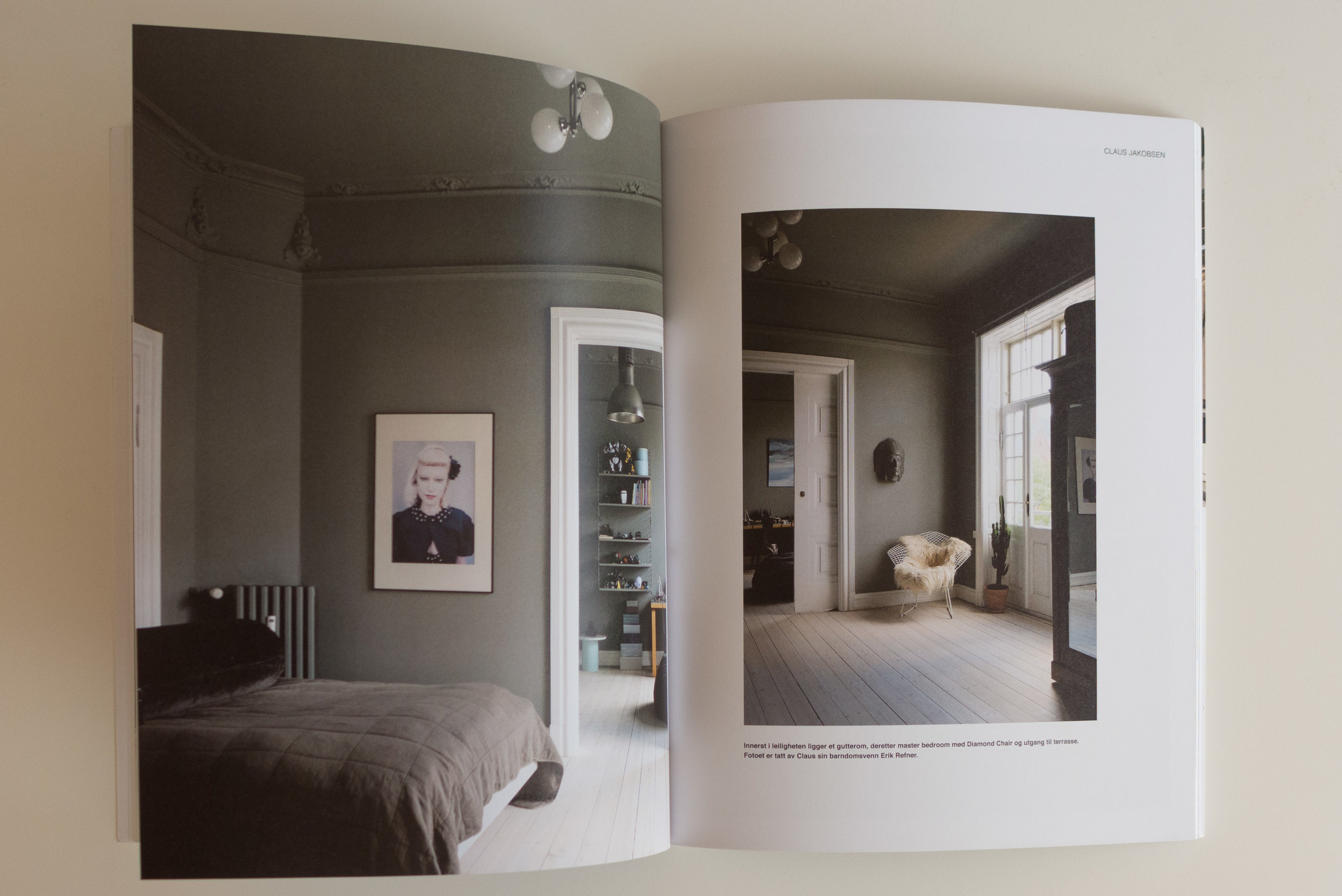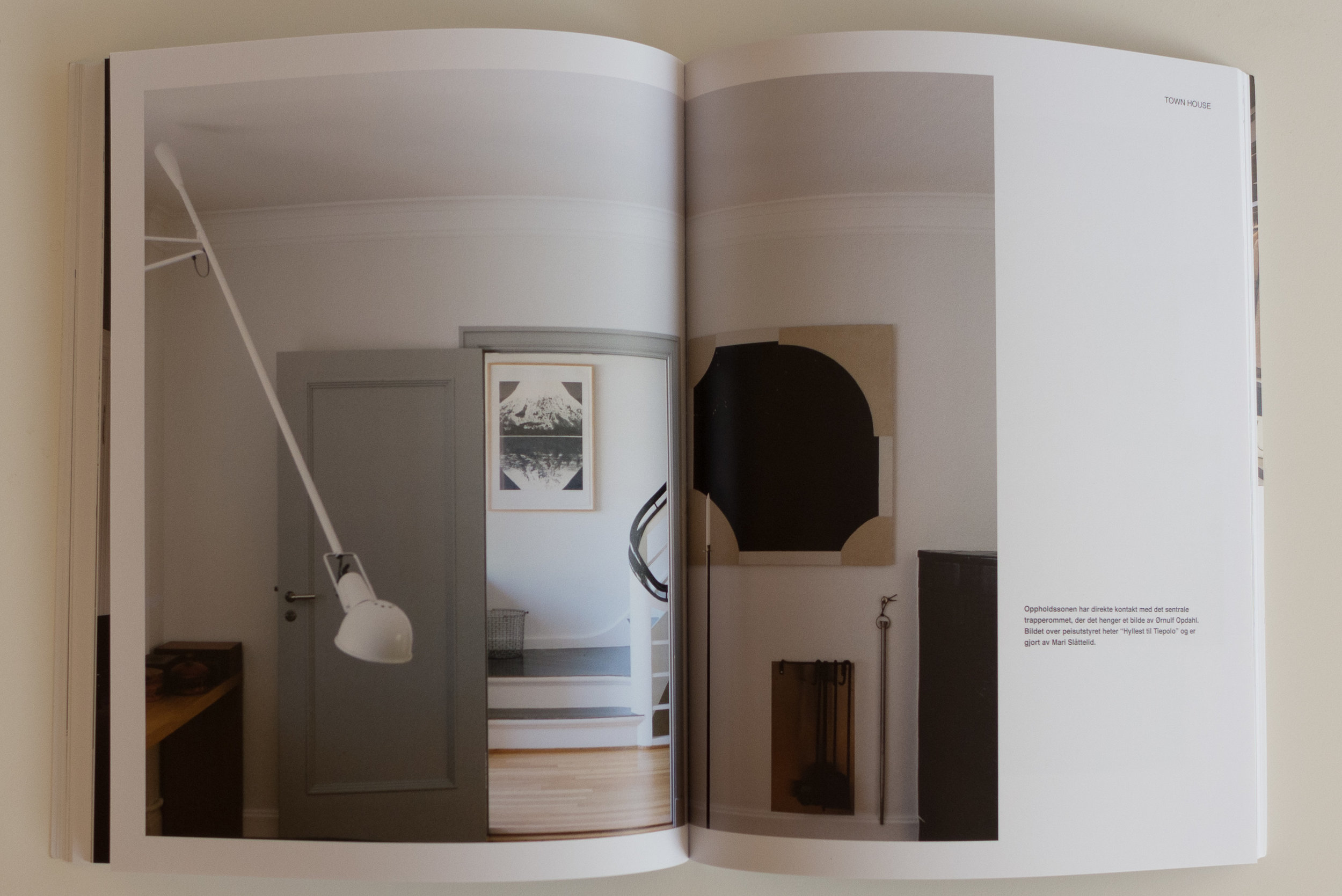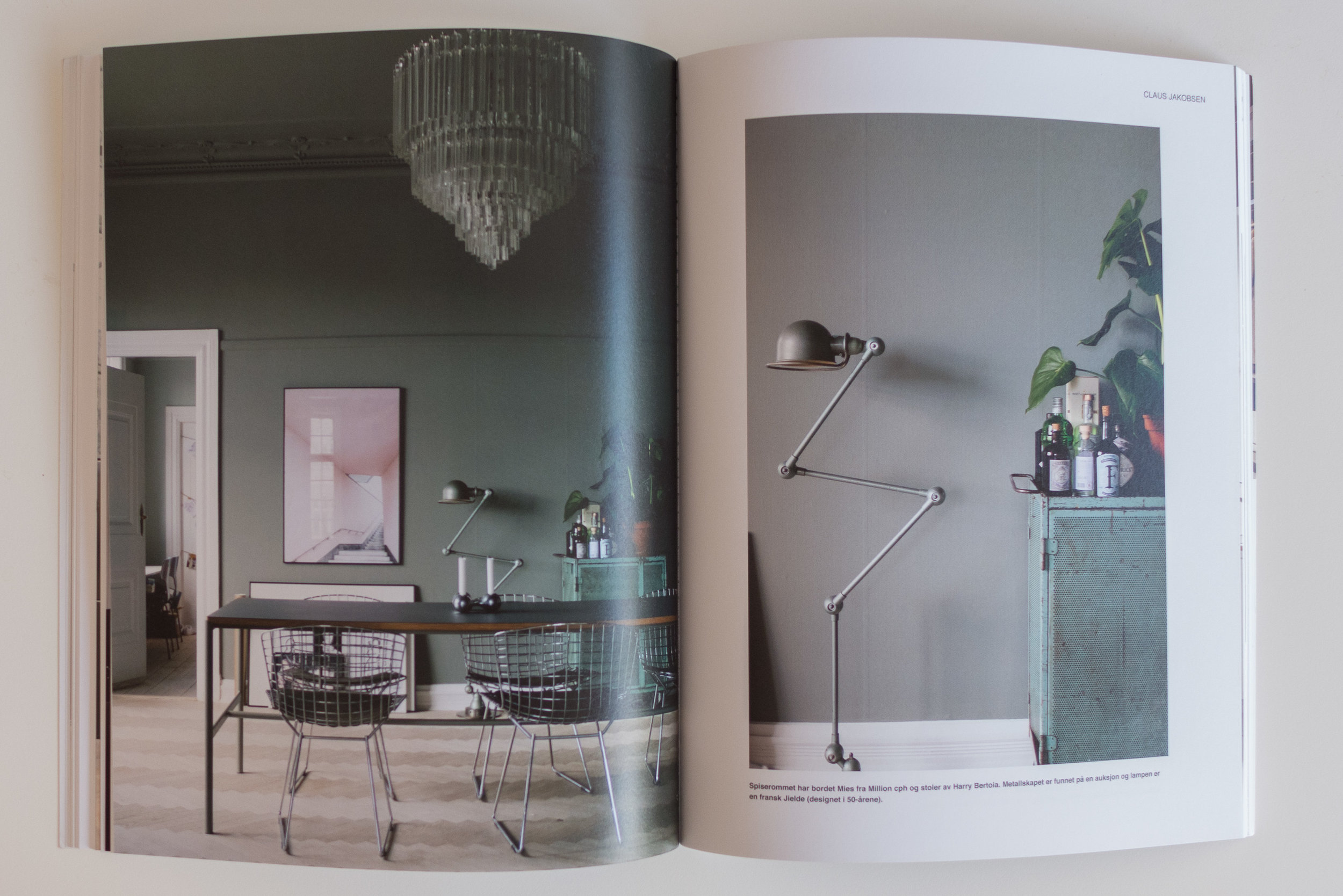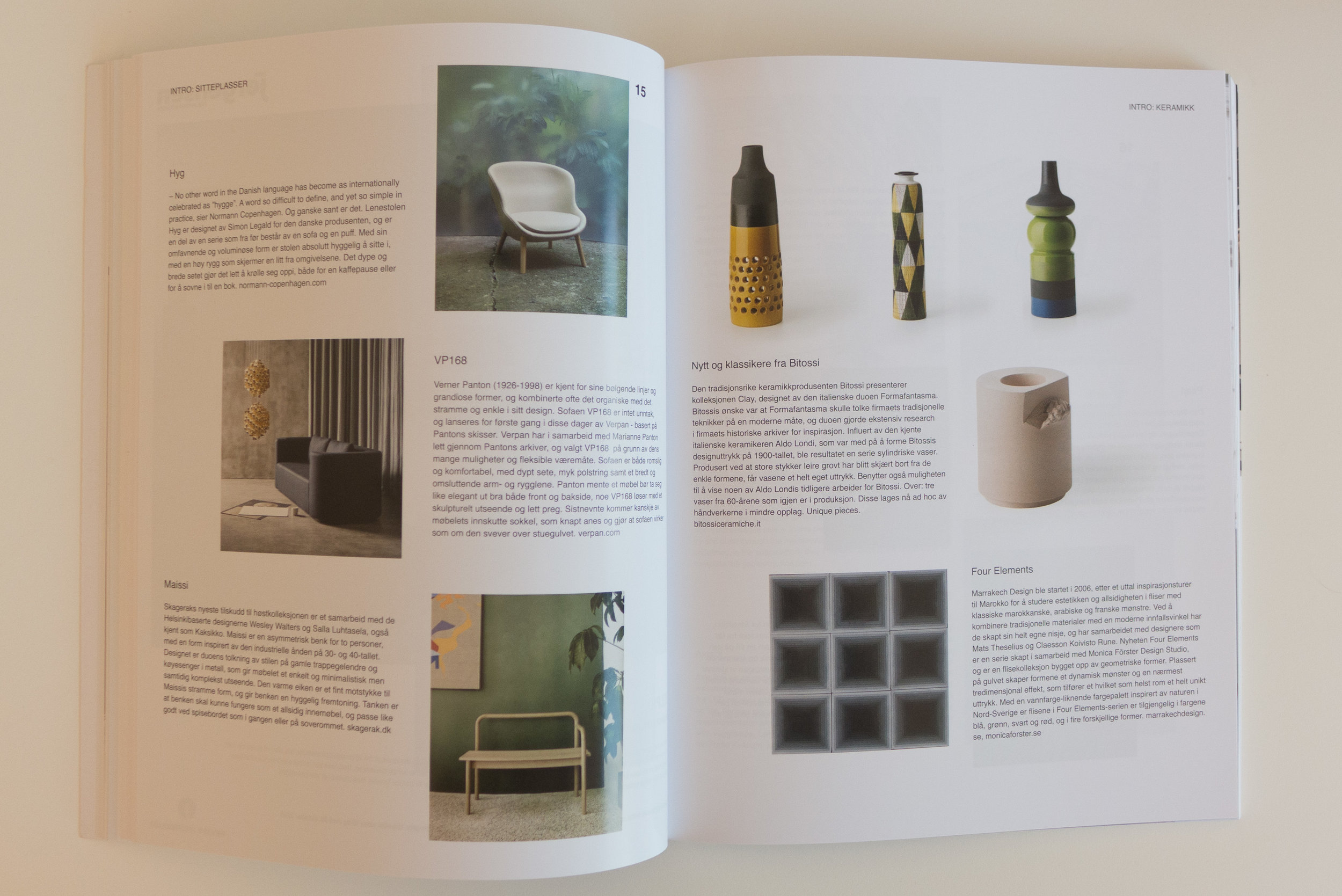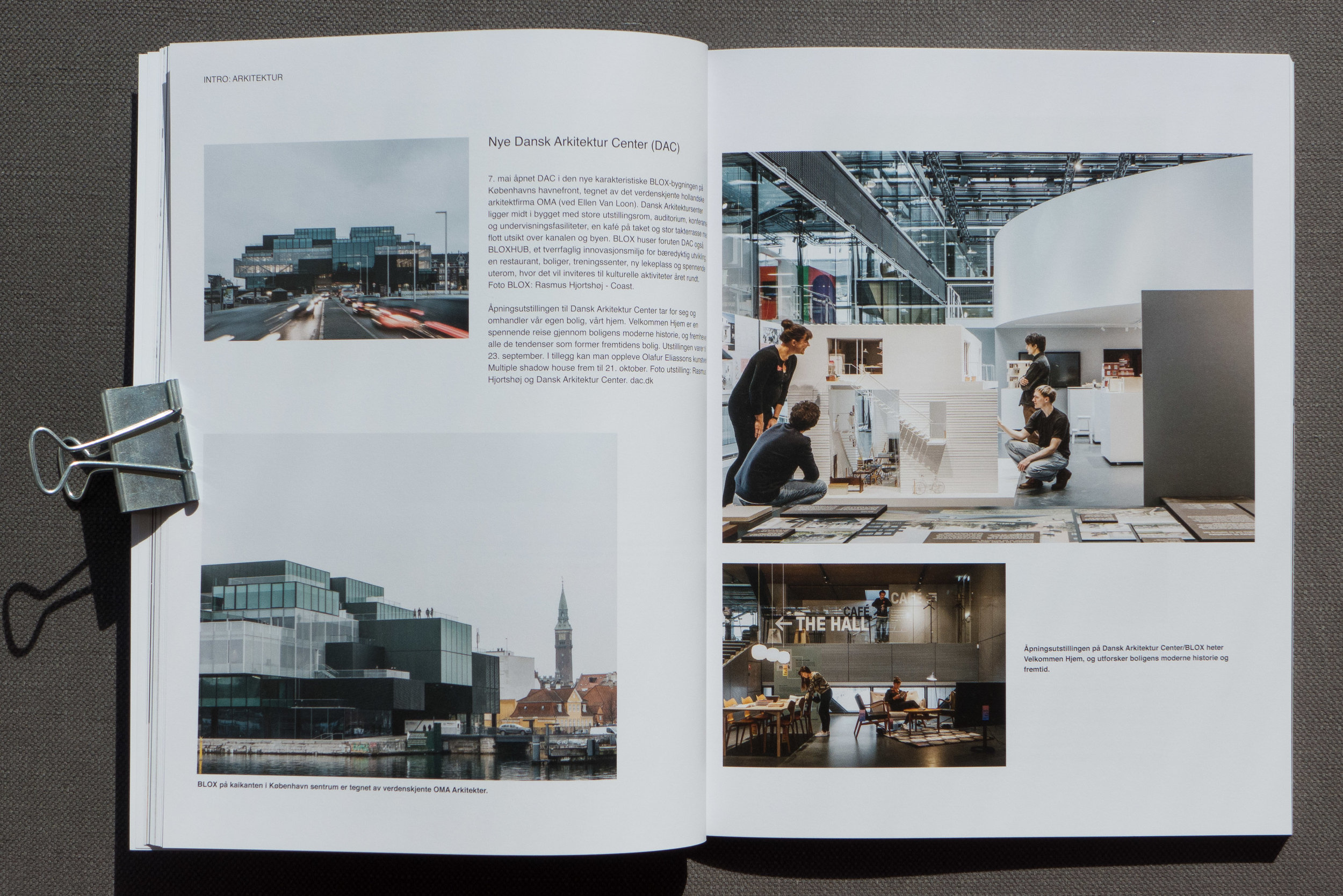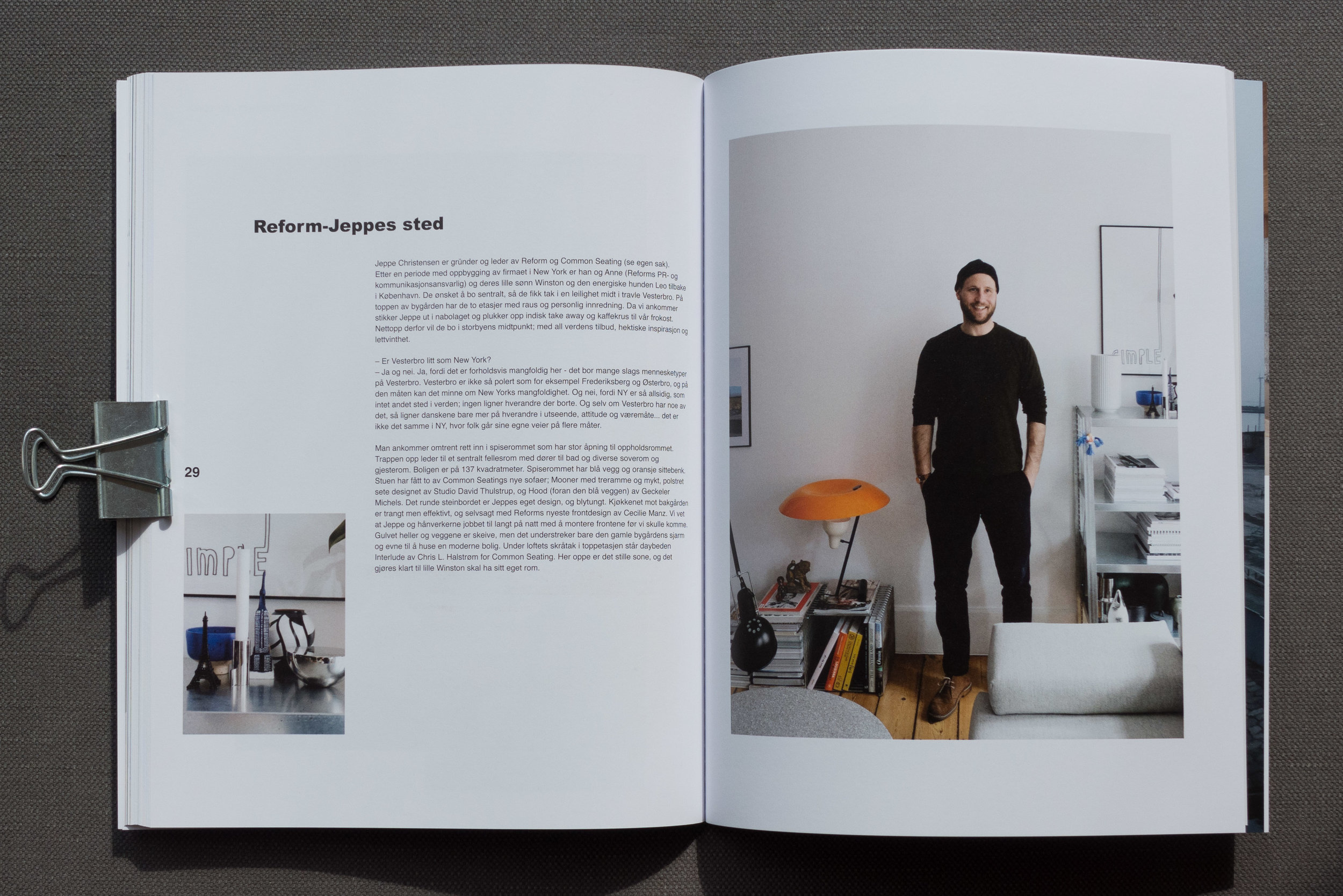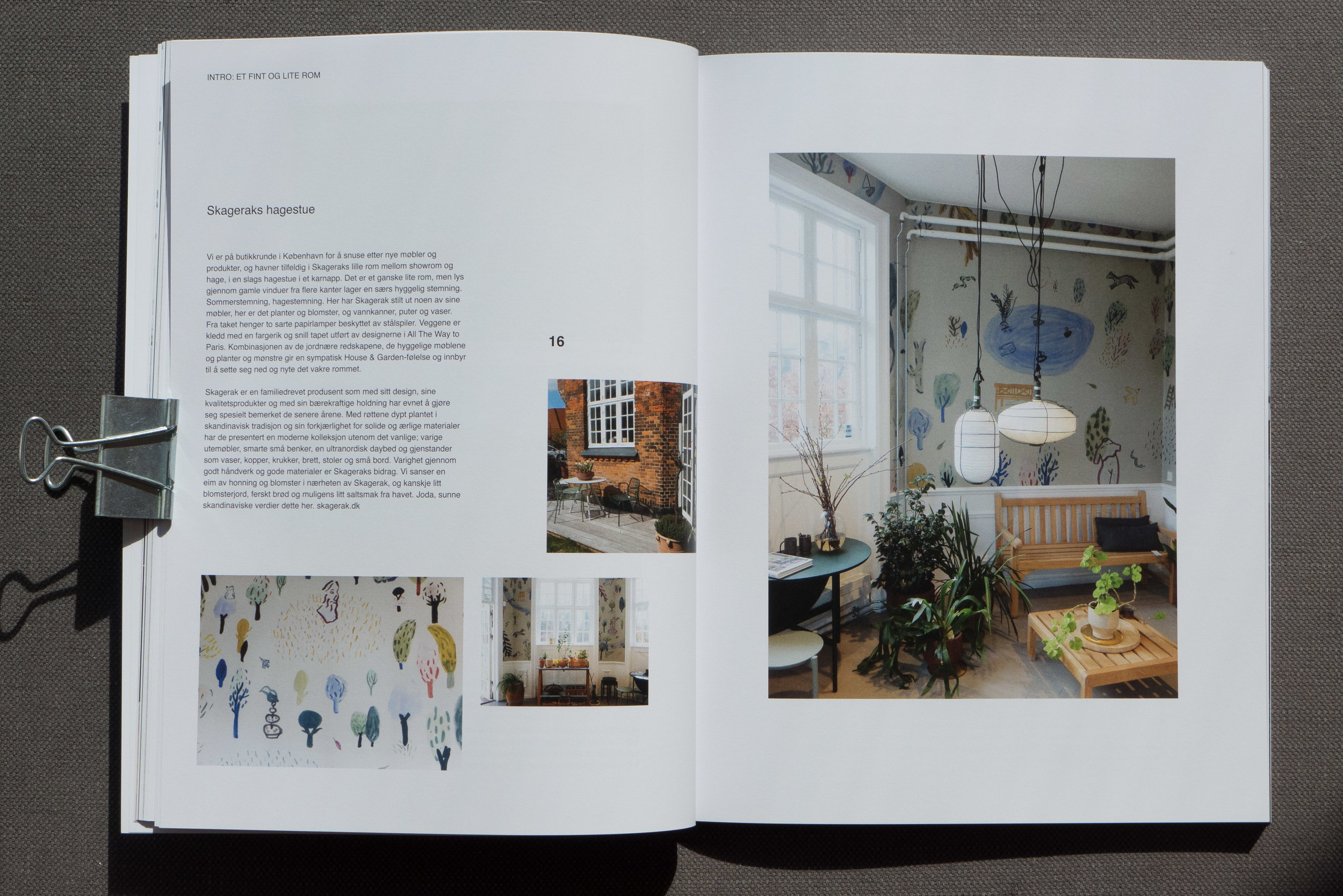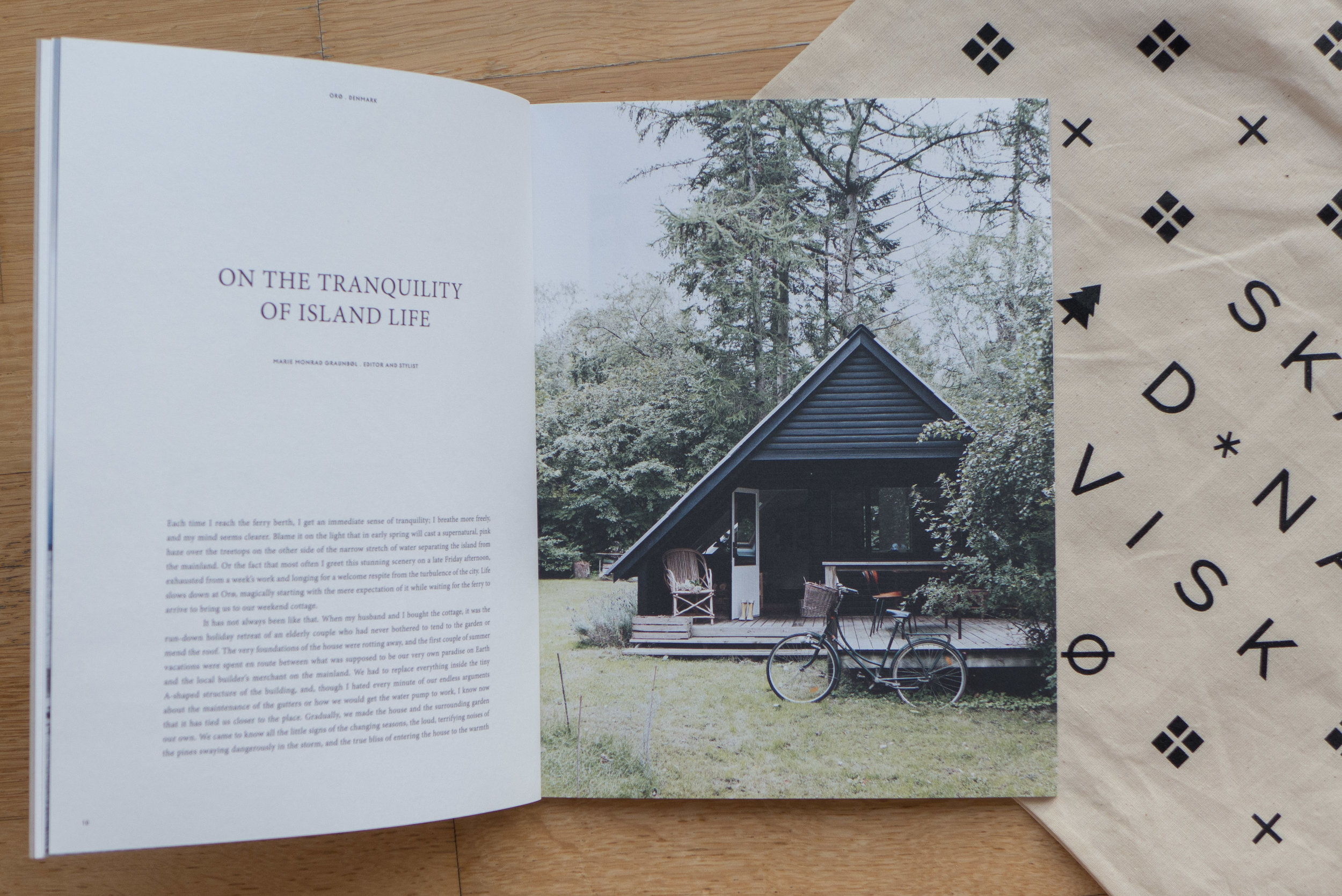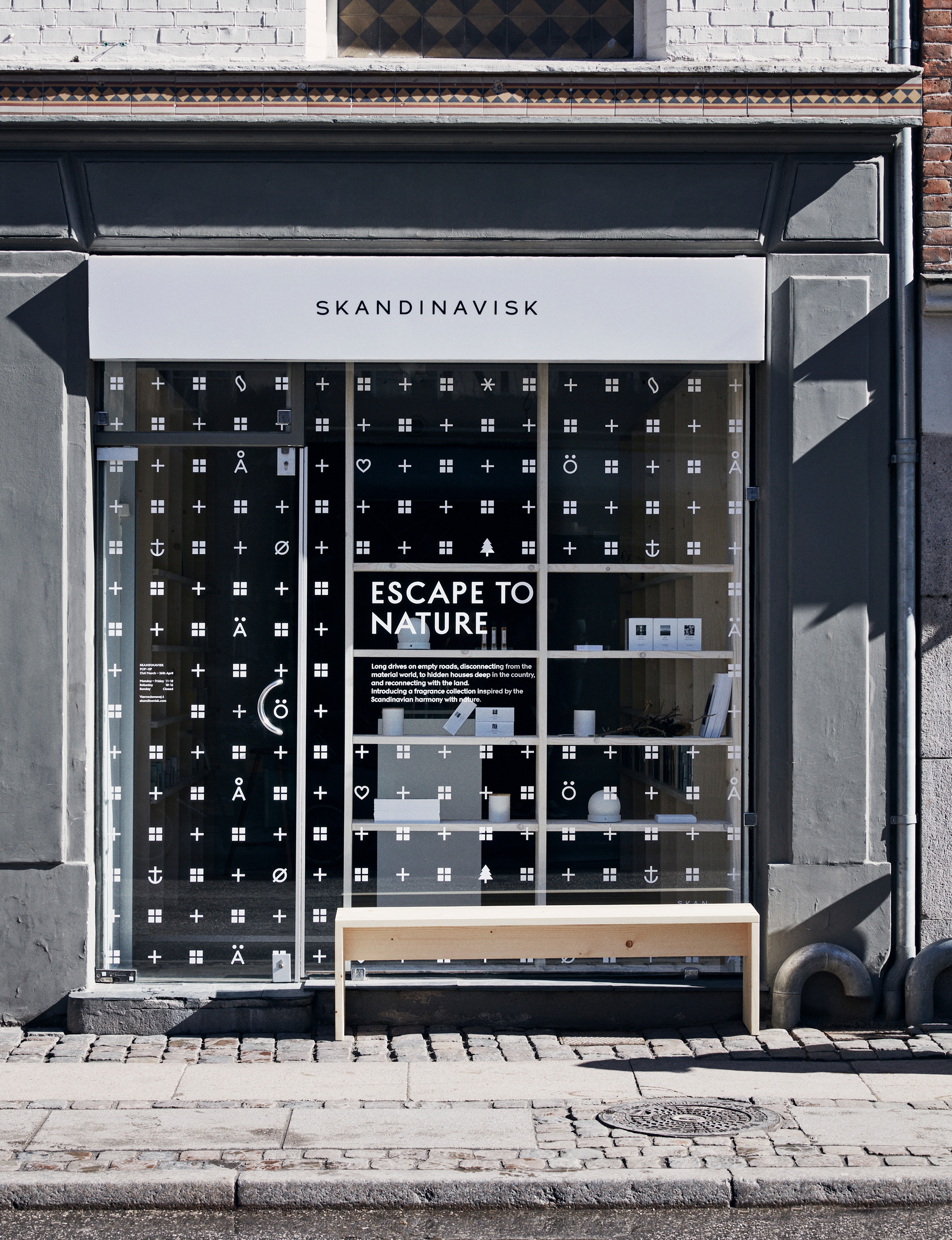Monocle magazine top cities for quality of life 2021
/Since 2007, the magazine Monocle has published an annual Quality of Life Survey that ranks cities around the world as "liveable locations".
They thought that it was inappropriate to produce a list last year, at a high point in the pandemic, but their journalists and research team now see cities "building back bigger and better" so their criteria for the list in 2021 - recently published - have changed to reflect this with emphasis on "confidence and the push for a quality of life that works for all."
In the introduction to the list, Monocle sets out key requirements for a liveable city including "robust, dependable services, plenty of green spaces and strong leadership" and their important message is to "get the basics right and it's easier to weather the catastrophe."
I assume that the typical reader of Monocle is relatively young but well established - so 25 to 45 and professional; well off or affluent rather than wealthy; used to travelling frequently for work or for leisure and with high expectations when it comes to food, eating out and spending on clothes and furniture. This is reflected in their assessment of each city but the magazine has always been astute about and critical of public services - particularly international, regional and local transport - and this makes their survey as much about governance and good business as about simple consumption.
On first seeing the list, the obvious observation is that Nordic capital cities take three of the top four places and these are cities with strong, left-of-centre or socialist governments at local and national level.
The entry for Copenhagen points out the importance for the city of its sense of pride in social cohesion and that has certainly been important as the city went into lockdown.
Most parts of the city have easy access to green space and to the clean waters of the harbour for exercise, swimming, a huge range of outdoor sports and for leisure and through the pandemic these public outdoor areas have been crucial as safe outdoor areas where anyone and everyone can exercise and socialise.
In their short assessment Monocle spotlights the new Metro ring that has “made it easier to access all parts of the city, and the Refshaleøen district is particularly appealing these days due to the presence of of the Copenhagen Contemporary art museum and an eclectic range of dining options."
Quality of Life Special Edition
July/August 2021 issue 145
Monocle
Monocle top 20
Liveable Cities
① Copenhagen
② Zurich
③ Helsinki
④ Stockholm
⑤ Tokyo
⑥ Vienna
⑦ Lisbon
⑧ Auckland
⑨ Taipei
⑩ Sydney
⑪ Seoul
⑫ Vancouver
⑬ Munich
⑭ Berlin
⑮ Amsterdam
⑯ Madrid
⑰ Melbourne
⑱ Kyoto
⑲ Brisbane
⑳ Los Angeles



